NOBA's Symposium 2019
Thinking through matter – Exploring BioArt and design in a Norwegian contemporary context
About NOBA
NOBA - Norwegian BioArt Arena - is a new initiative created with an ambition to be a hub for BioArt practices in Norway. NOBA’s vision is to explore what bioart is and what it can be through creating physical facilities and an arena for exhibitions and events where arts and the life sciences can meet. NOBA is located at Vitenparken Campus in Ås, Norway, just a short train ride outside of Oslo, ensuring a good location to potentially attract artists interested to collectively dive into the practical, ethical and technological questions of working with bioarts and living matter.
ABOUT NOBA SYMPOSIUM
In April 2019, NOBA hosted its inaugural public event - a one day symposium, launching the initiative and making the first step towards its mission of exploring and expanding the bioart practices in Norway.
The symposium was titled Thinking through matter – Exploring BioArt and design in a Norwegian contemporary context, and gathered artists, researchers and designers to explore the very question of “What bioart is? And what it can be?”
The invited speakers had diverse backgrounds, taking the term “bioart” for a spin through various disciplines and philosophical angles. From more traditional bioart approaches of what’s done through biotechnologies, the future of artistic explorations of CRISPR technologies (clustered regularly interspaced short palindromic repeats) and tissue engineering, to how living matter can be explored and understood through design, fashion, food and architecture.
Read more: www.vitenparken.no/event/bioartsymposium
SYMPOSIUM INSIGHTS
The program started with a short walk around the campus, introducing the symposium attendees to bioart related experiments and projects created within the campus facilities. The presented artists were Anne Cecilie Lie, Annike Flo, Elin Tanding Sørensen and Hanna Bjørgaas.
The official symposium program was opened with a speech by NOBA and Vitenparken's managing director Per Olav Skjervold. The audience was introduced to its future vision and planned activities for NOBA. This was a meaningful introduction, contextualizing the symposium program as an investigation into what bioart has achieved in Norway, what is currently emerging, and how can we together find ways for future development and strengthening of these crucial interdisciplinary practices.

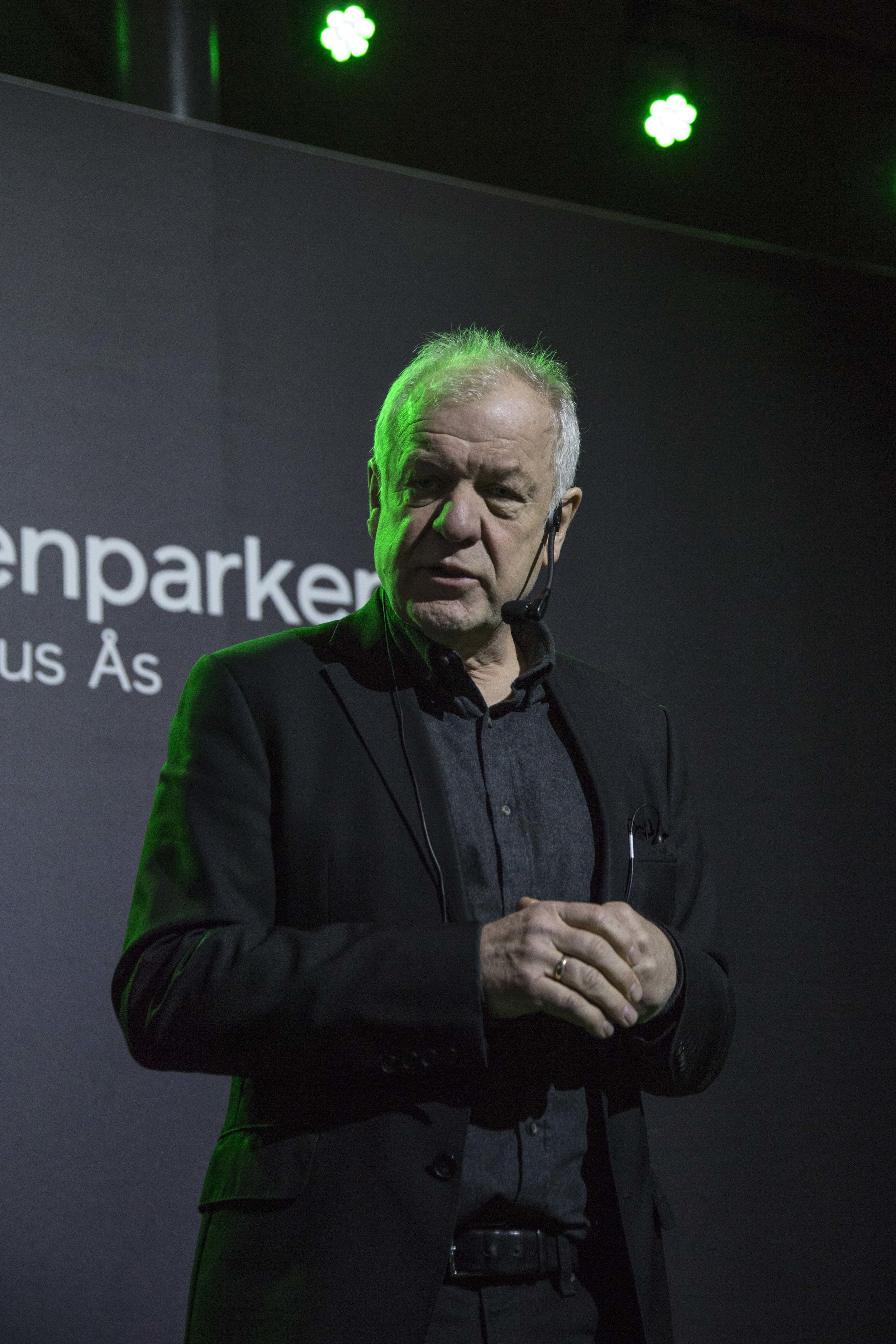
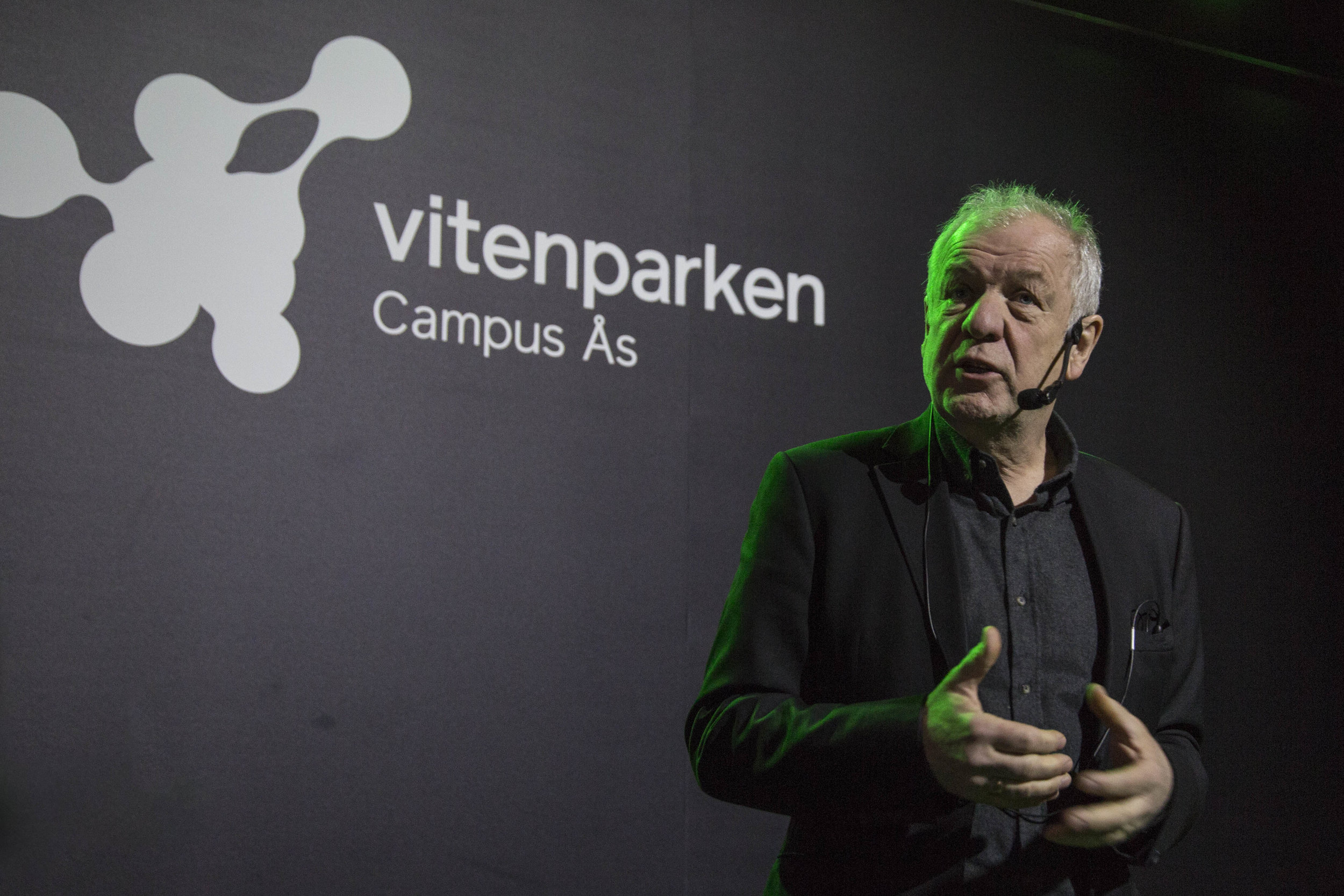
Annike Flo, who is the project coordinator of NOBA moderated presentations together with Elise Matilde Lund.
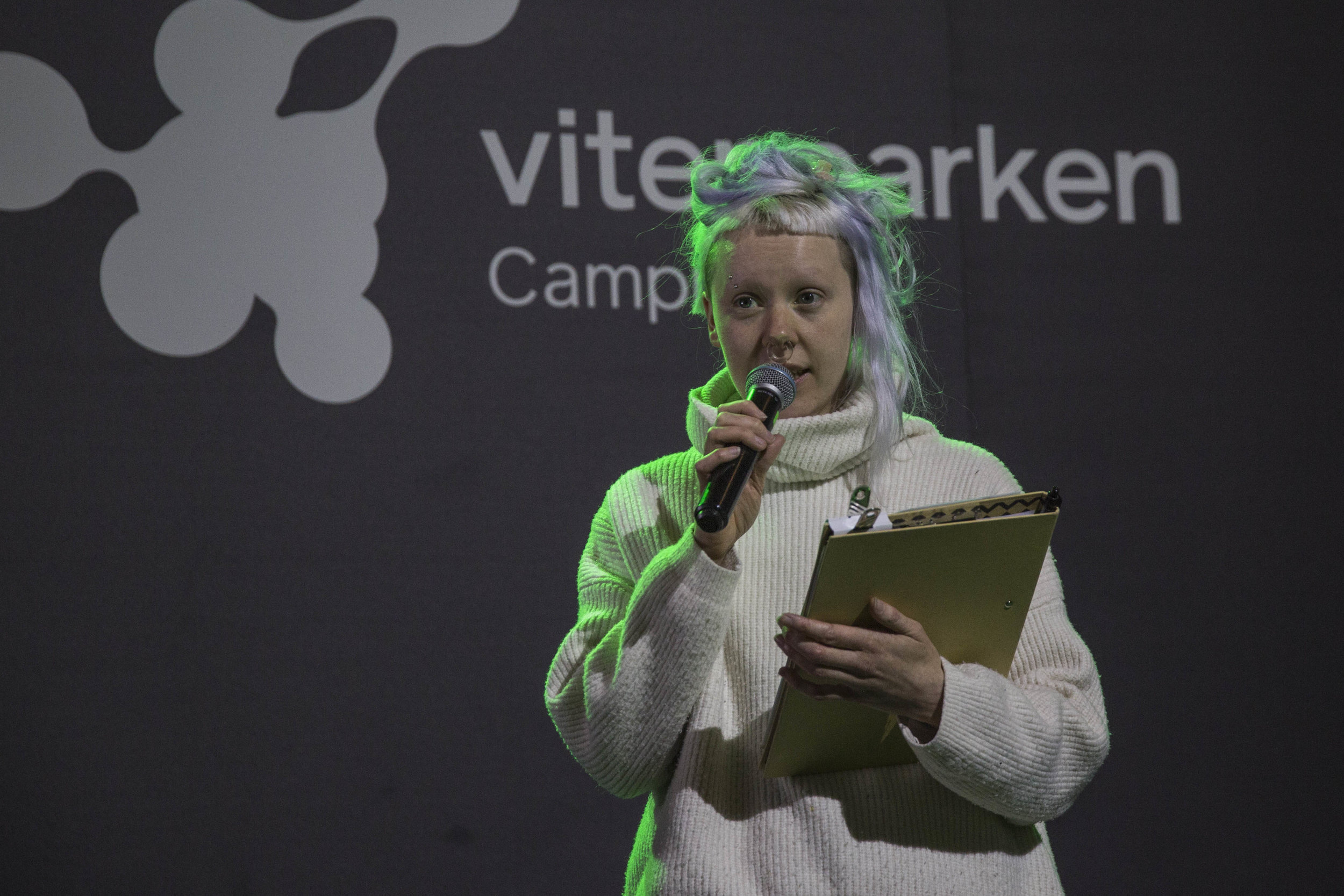

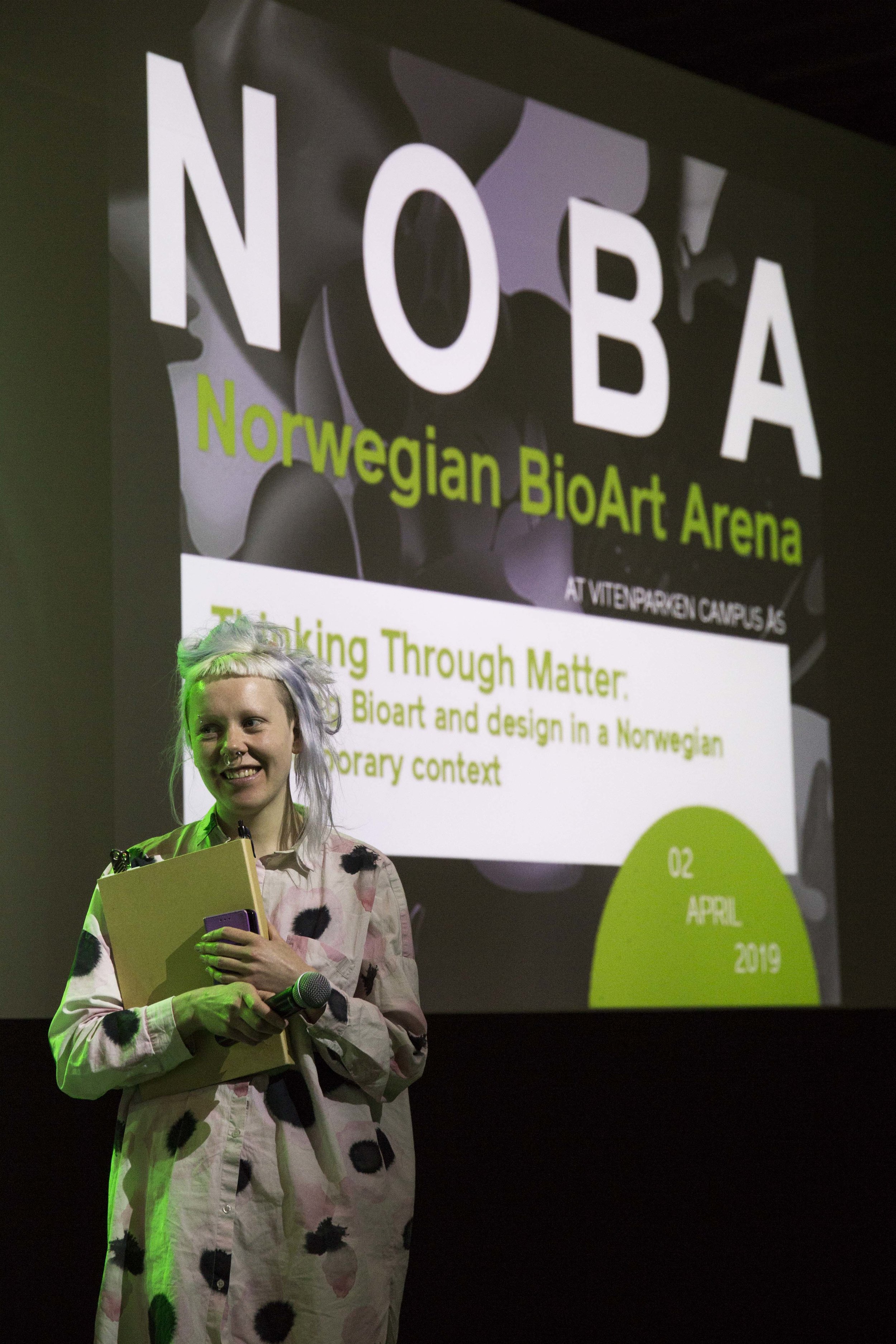
HEGE TAPIO
The opening keynote lecture was given by Hege Tapio - an internationally acknowledged bioartist and the founder of i/o/lab - Center for Future Art.
Hege is one of the most important bioart pioneers in the Norwegian art scene. She founded the i/o/lab in 2001, which since then has organized numerous projects including the Article Biennal - a festival for electronic and unstable art. Throughout the years Article Biennal has gathered a large number of bioartists, showcasing and discussing emerging trends in the international bioart field.
In her talk, Hege gave an insightful and rich introduction to the history of bioart field, and the most iconic works produced throughout the years. She further introduced her own artistic practice and experiences working with interdisciplinary projects that deal with living biomatter.
Some of the questions she explored were: “How did the cancer cells of Henrietta Lacks end up in her freezer? And how Hege’s own body fat was turned into “Human Fuel”, proposing a future alternative to fossil fuels.” Here it is important to mention that she comes from Stavanger - the oil capital of Norway.
www.tapio.no / www.Iolab.no
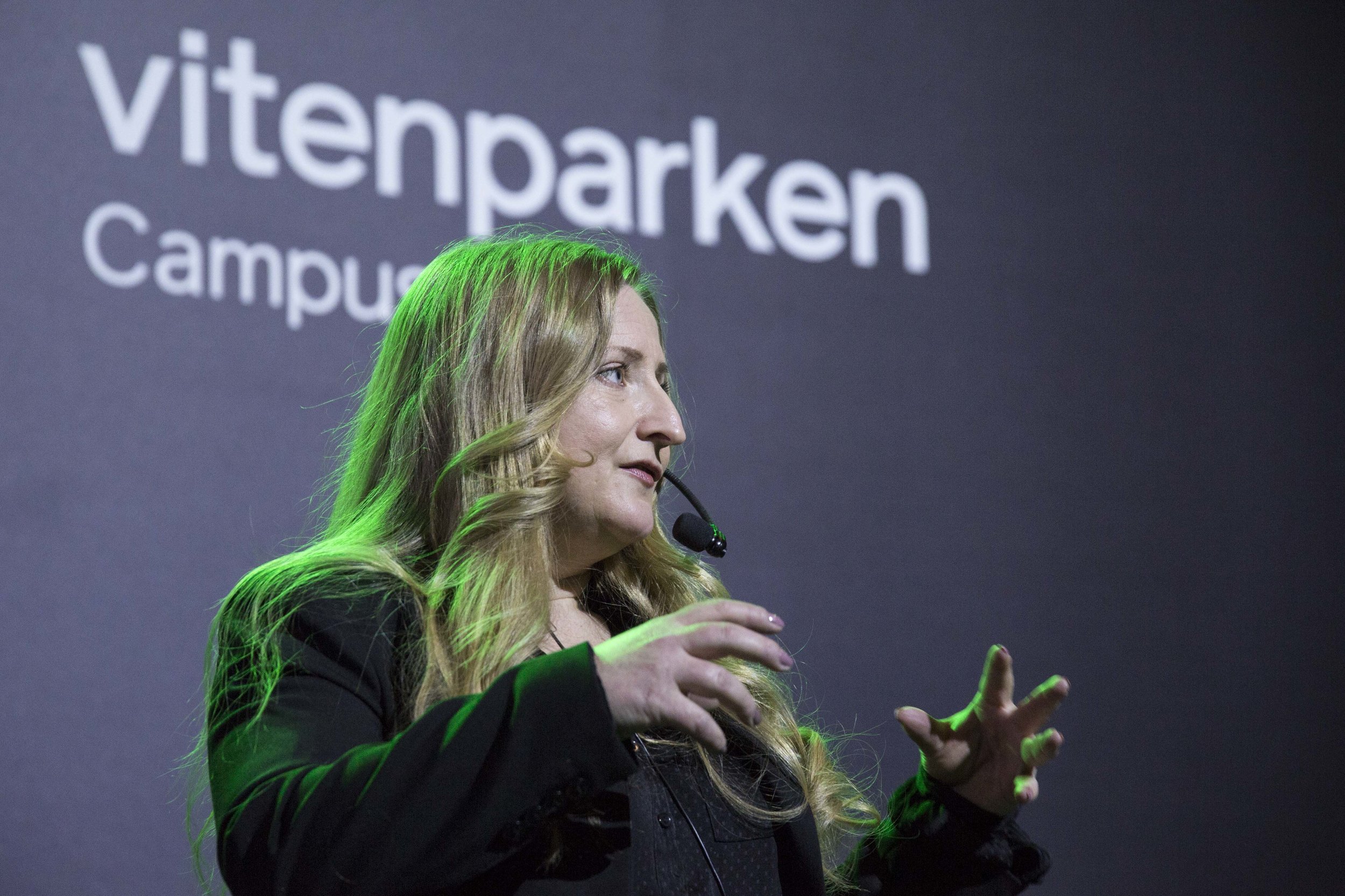
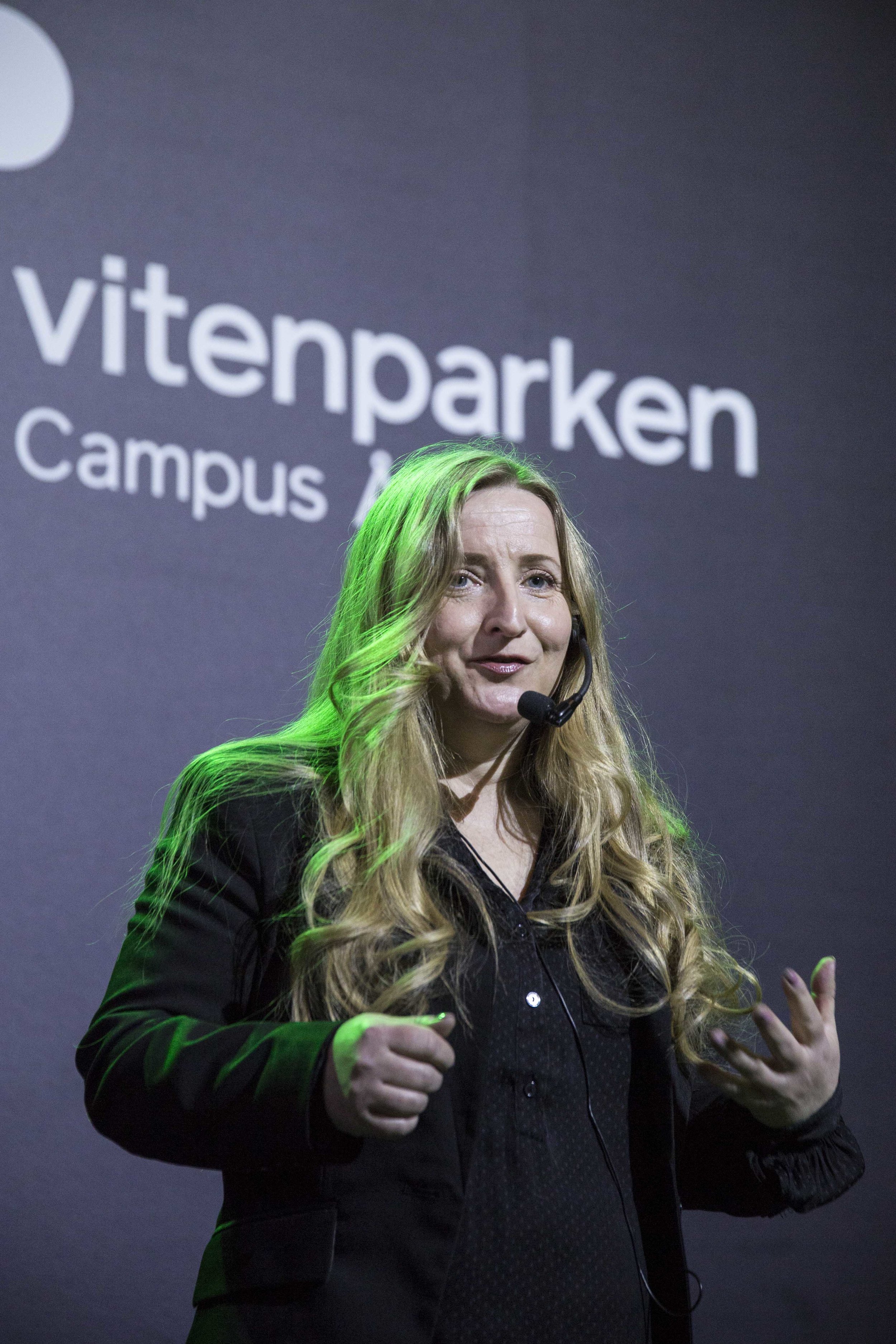
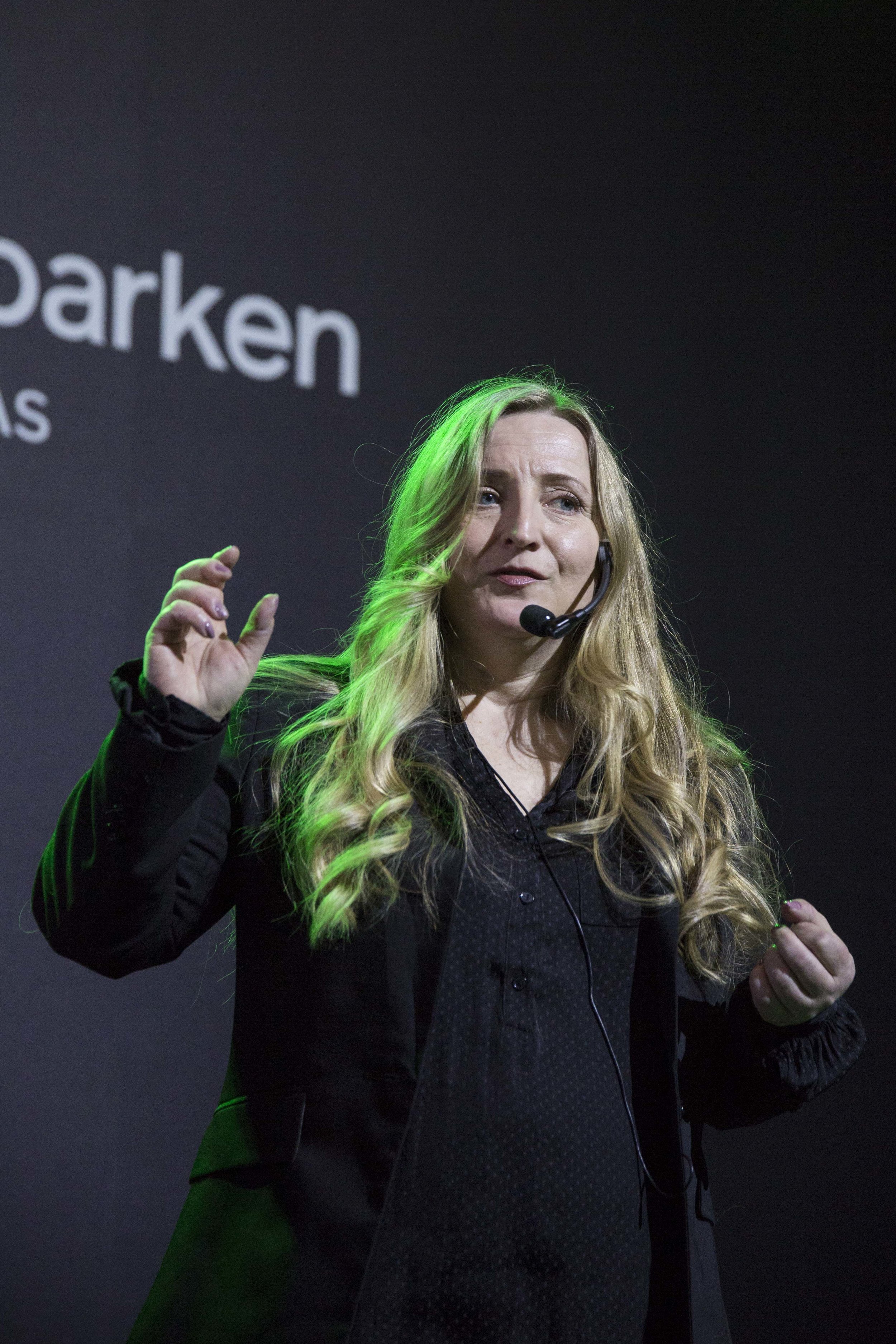

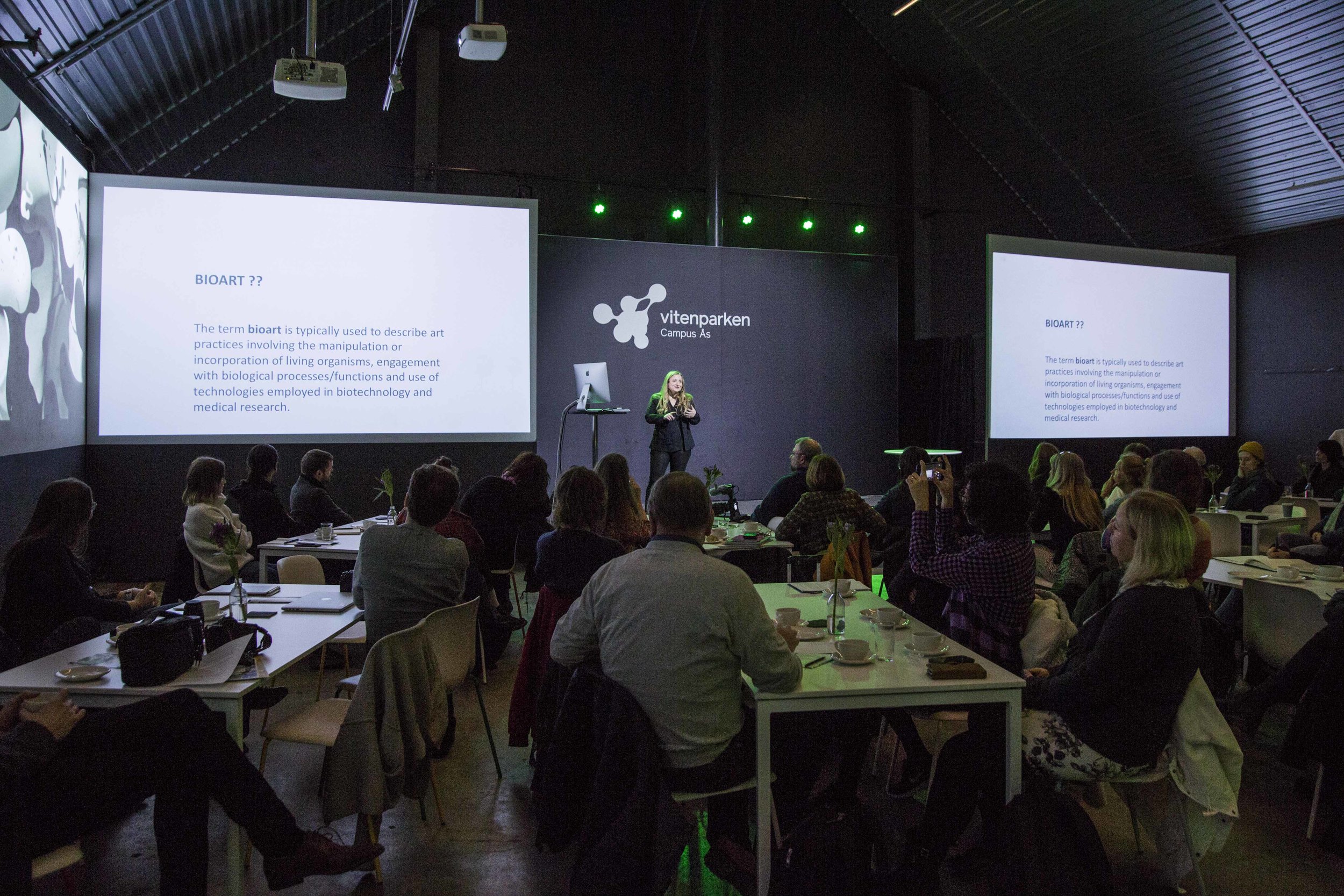

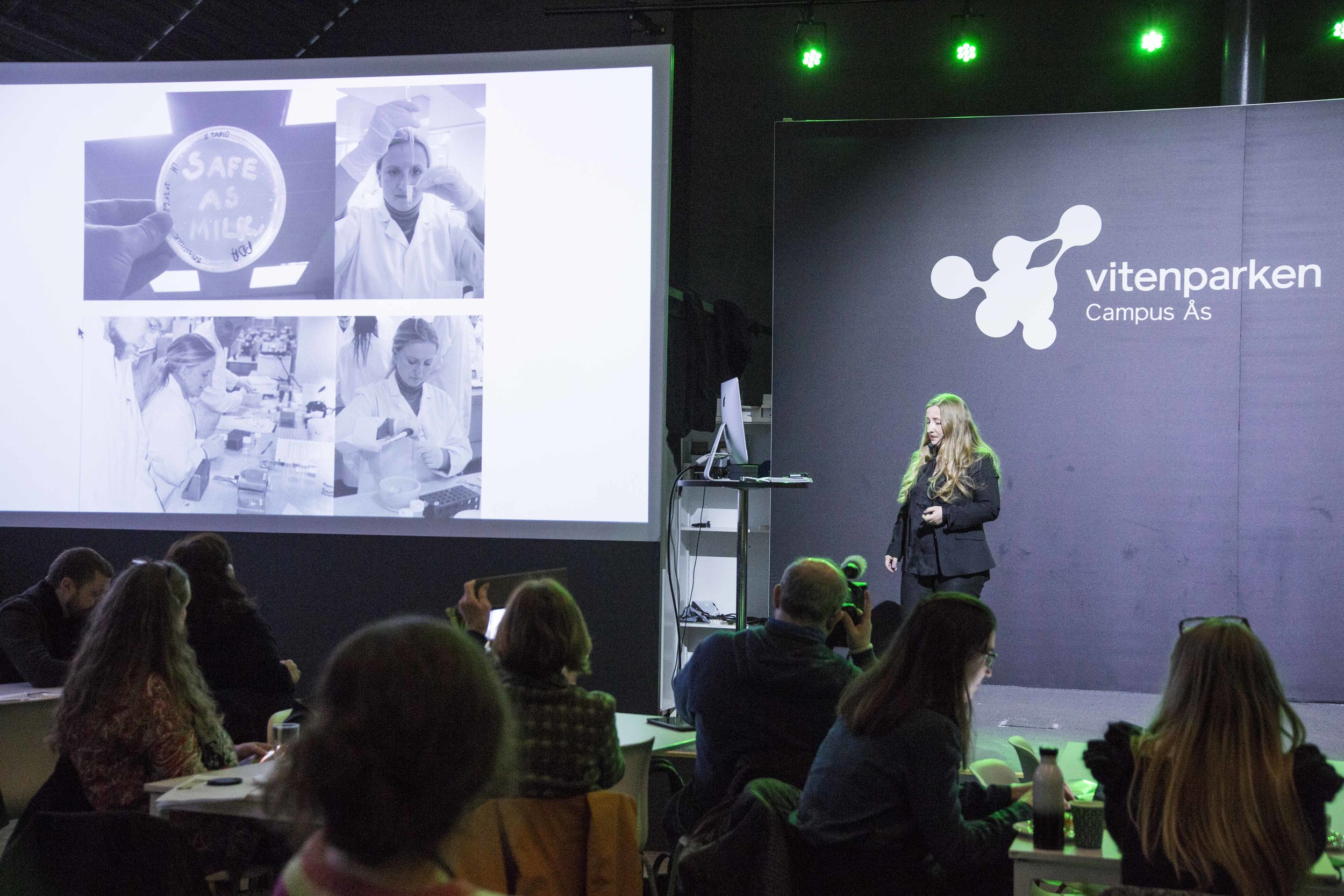
MARIETTA RADOMSKA
The second keynote speaker at the symposium was Marietta Radomska, a feminist philosopher and transdisciplinary Gender Studies scholar, who has been involved in a number of internationally bioart projects and initiatives.
Her talk was titled “Promising Futures? On Bioart, the Non/Living, and Ethics”, in which she explored several bioart projects defining the field, such as the artworks or semi-living sculptures by The Tissue Culture & Art Project. Her talk dived into the core role and importance of the bioart practices, stating that bioart is not only about the living. According to Marietta, bioart is found within a mesh of “the living and non-living, organic and inorganic, and, ultimately, life and death”. www.mariettaradomska.com

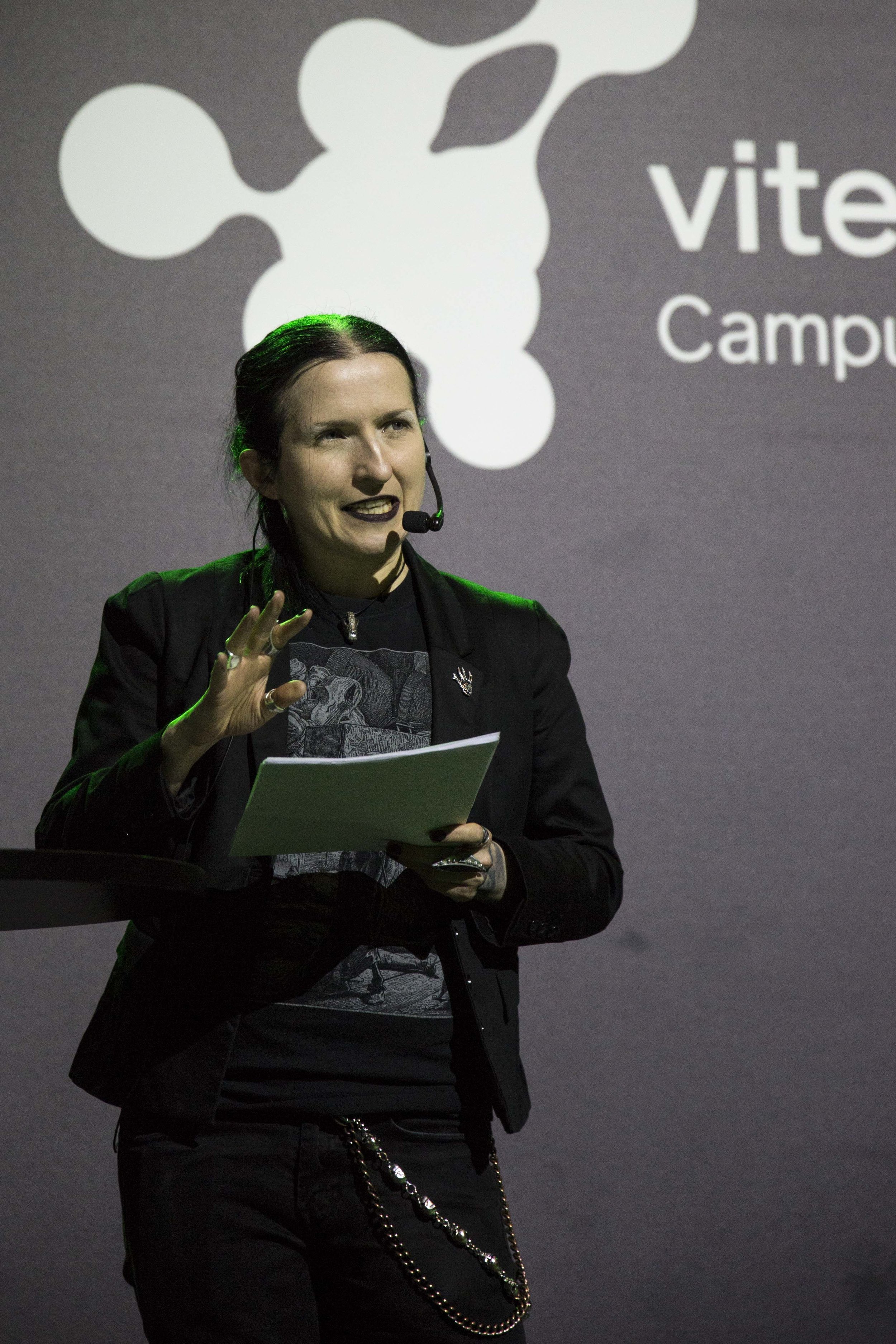
THE ANTHROPOCENE COOKBOOK
The Anthropocene Cookbook (TAC) – Eating for Our Future Survival by Zane Cerpina and Stahl Stenslie was both an edible and performative lecture. The cookbook is an artistic research and eco-critical project investigating the future cuisine of humanity. TAC explores the most innovative and speculative ideas about new foods within the field of arts, design, science & technology. The project rethinks our eating traditions, challenges food taboos and proposes new recipes for great tastes in our age of dark-ecological catastrophes.
As part of the lecture, Anthropocene Kitchen served the future in a shape of a three course Meal-in-a-pill. It was mouth watering experience consisting of three pills: I) the starter – energy pill (synthesized caffeine), II) the main dish – protein pill (insect infused powder) and III) desert – edible PLA microplastics coated with sweetened cellulose.
www.anthropocenecookbook.com / www.anthropocenekitchen.com
Photos of TAC presentation: Hege Tapio
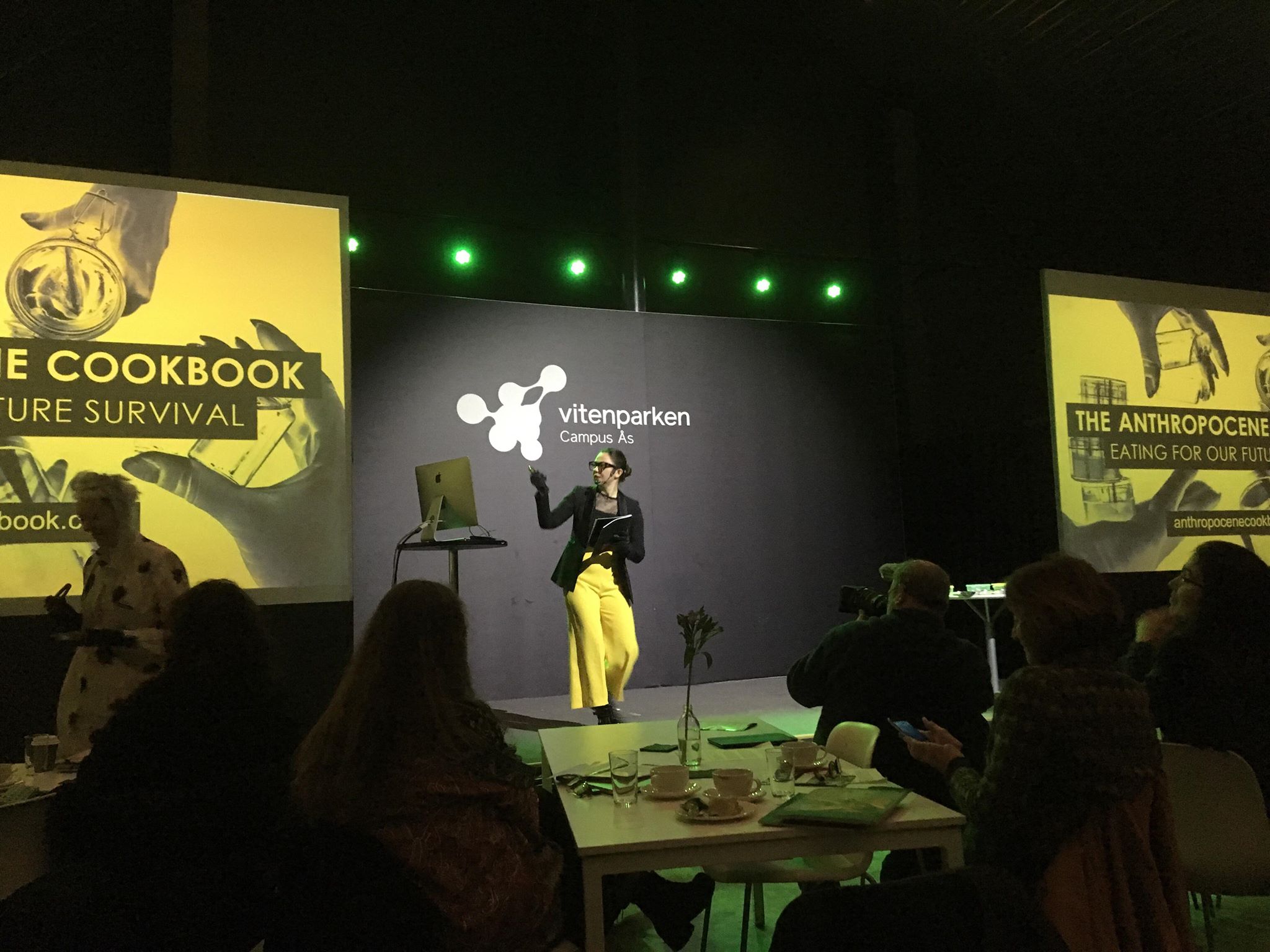
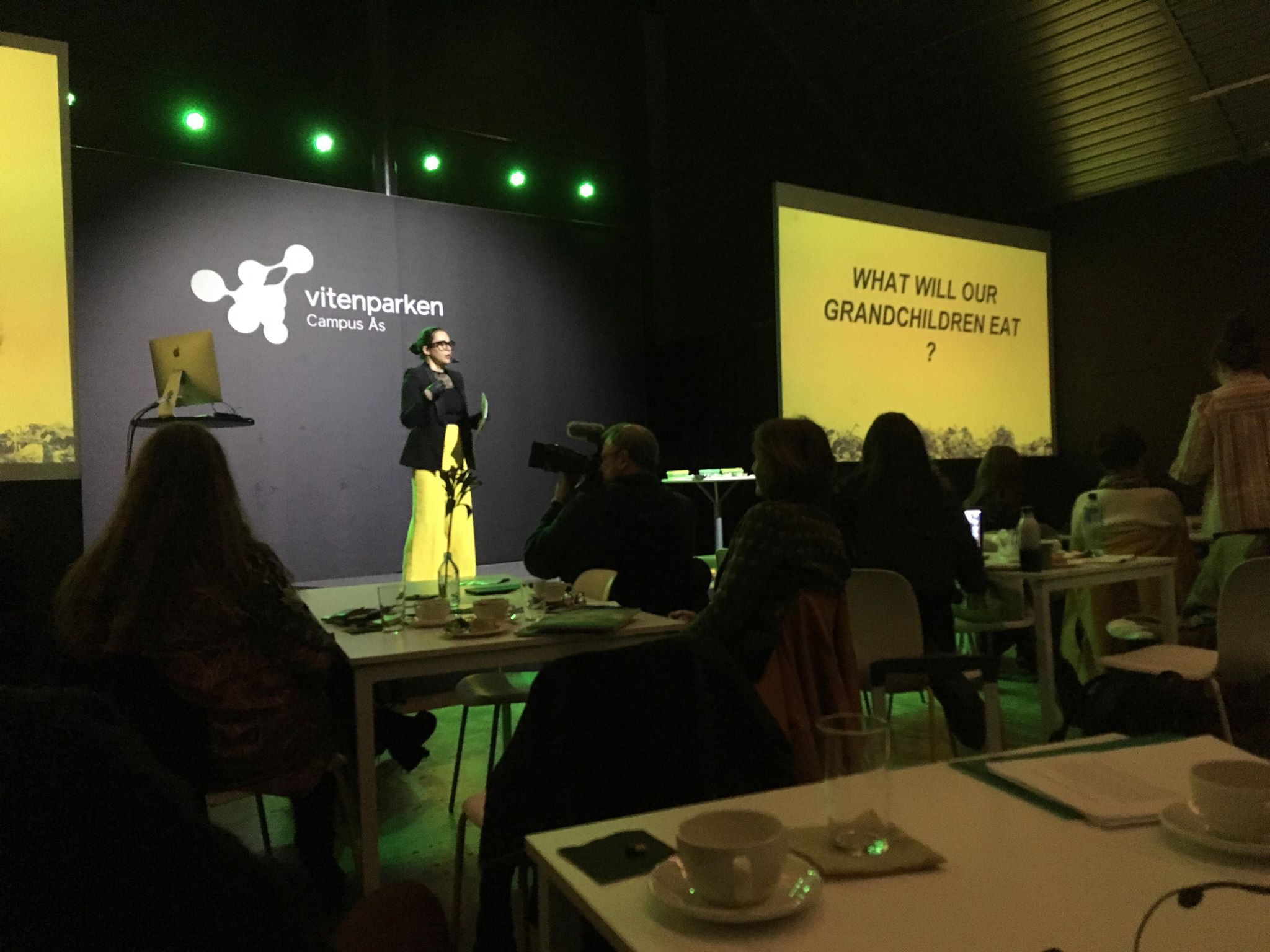
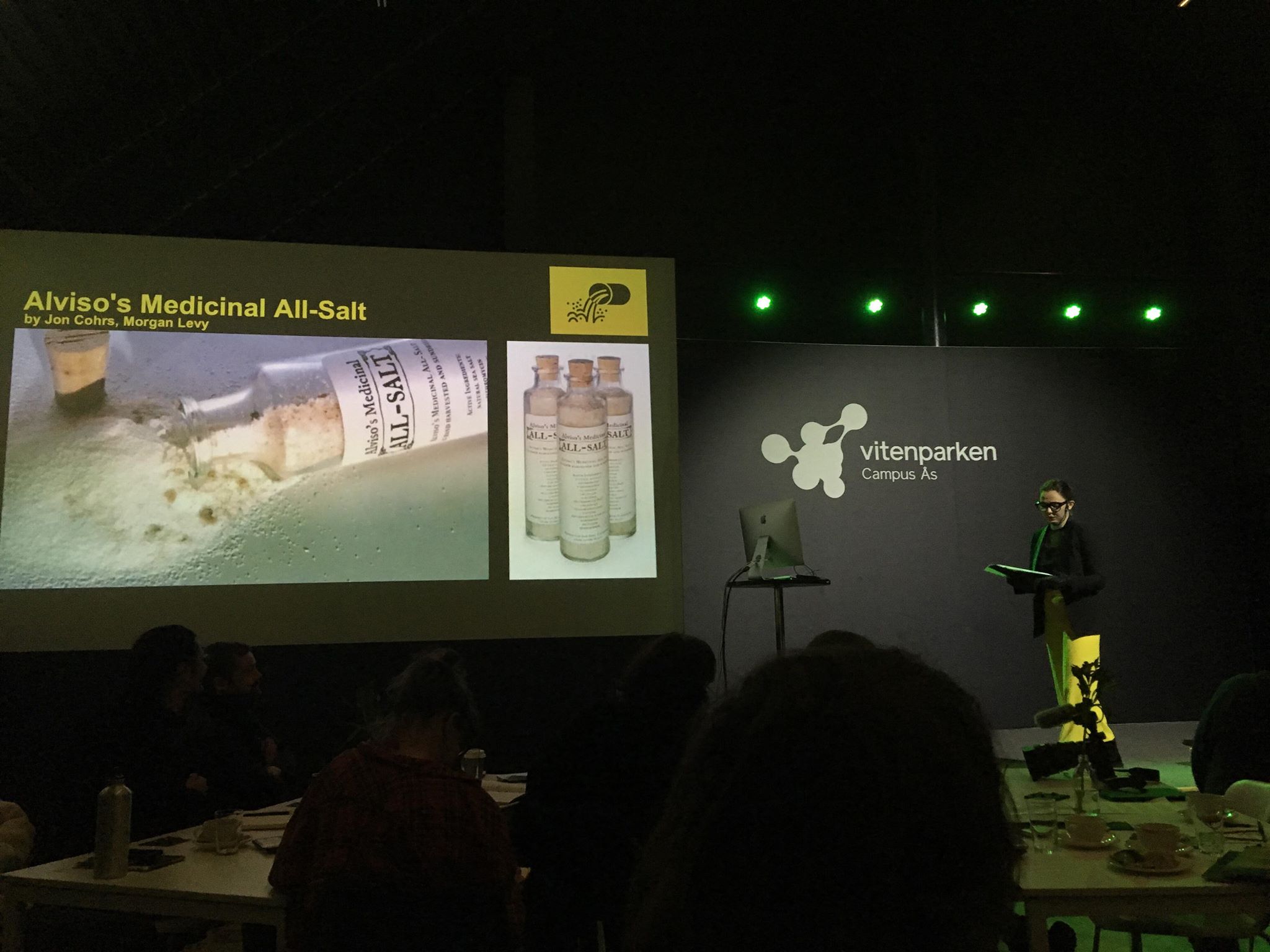
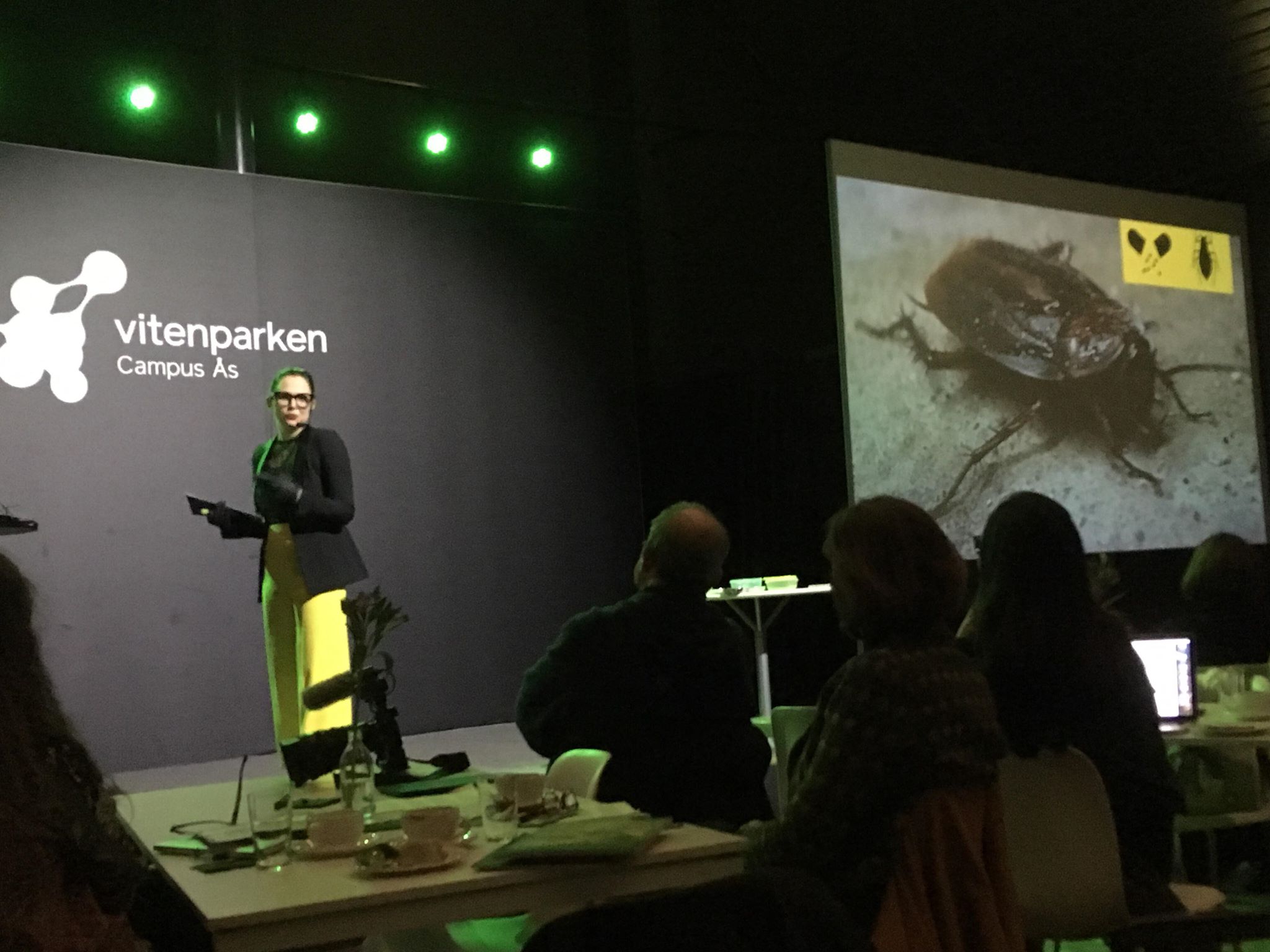


CECILIA JONSSON
The program continued with an presentation by bioartist Cecilia Jonsson, who is currently based between Bergen and Amsterdam. Throughout the past years Cecilia has developed a series of bioworks that has gained an international recognition and awards, including an honorary mention in the Prix Ars Electronica, Hybrid Art (2017).
In her talk Cecilia focused on three of her projects that are closely related in their thematics on ecology, industrial processes and iron extraction. She presented the works HAEM, The Iron Ring and Contemporary Diagram - Berlin. Cecilia gave an overview of her research based approach and shared insights from interdisciplinary collaborations that helped realizing these projects. www.ceciliajonsson.com
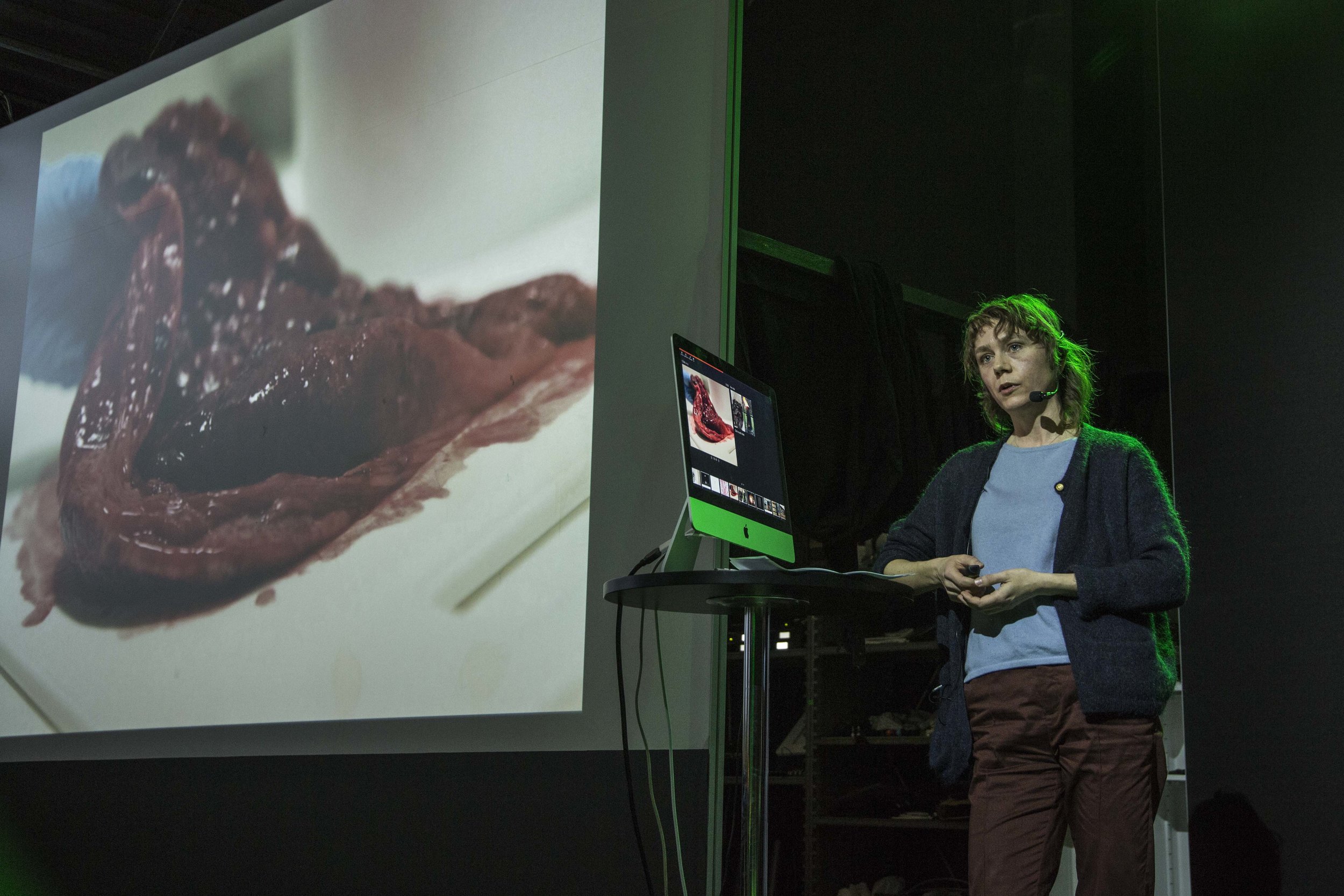
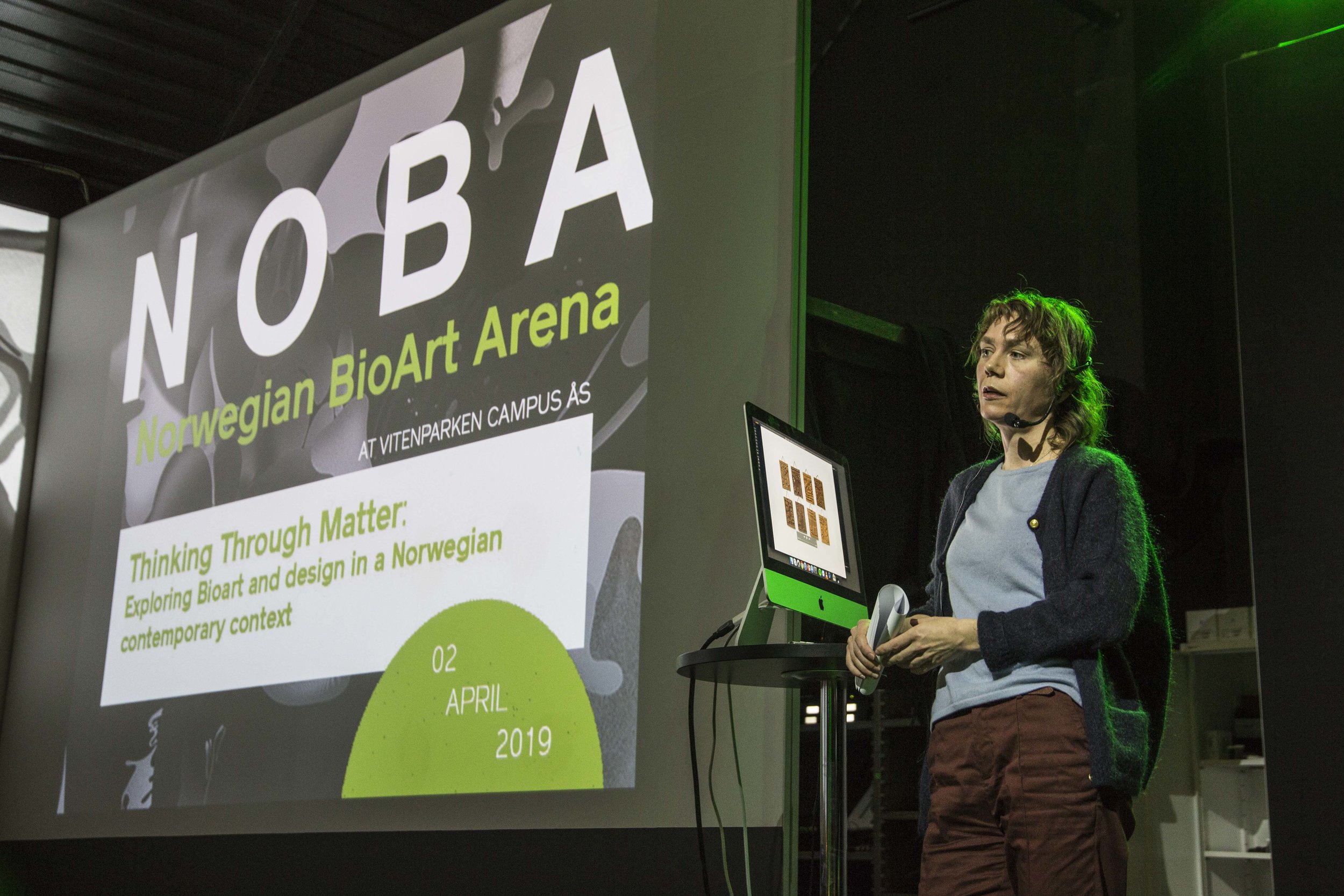
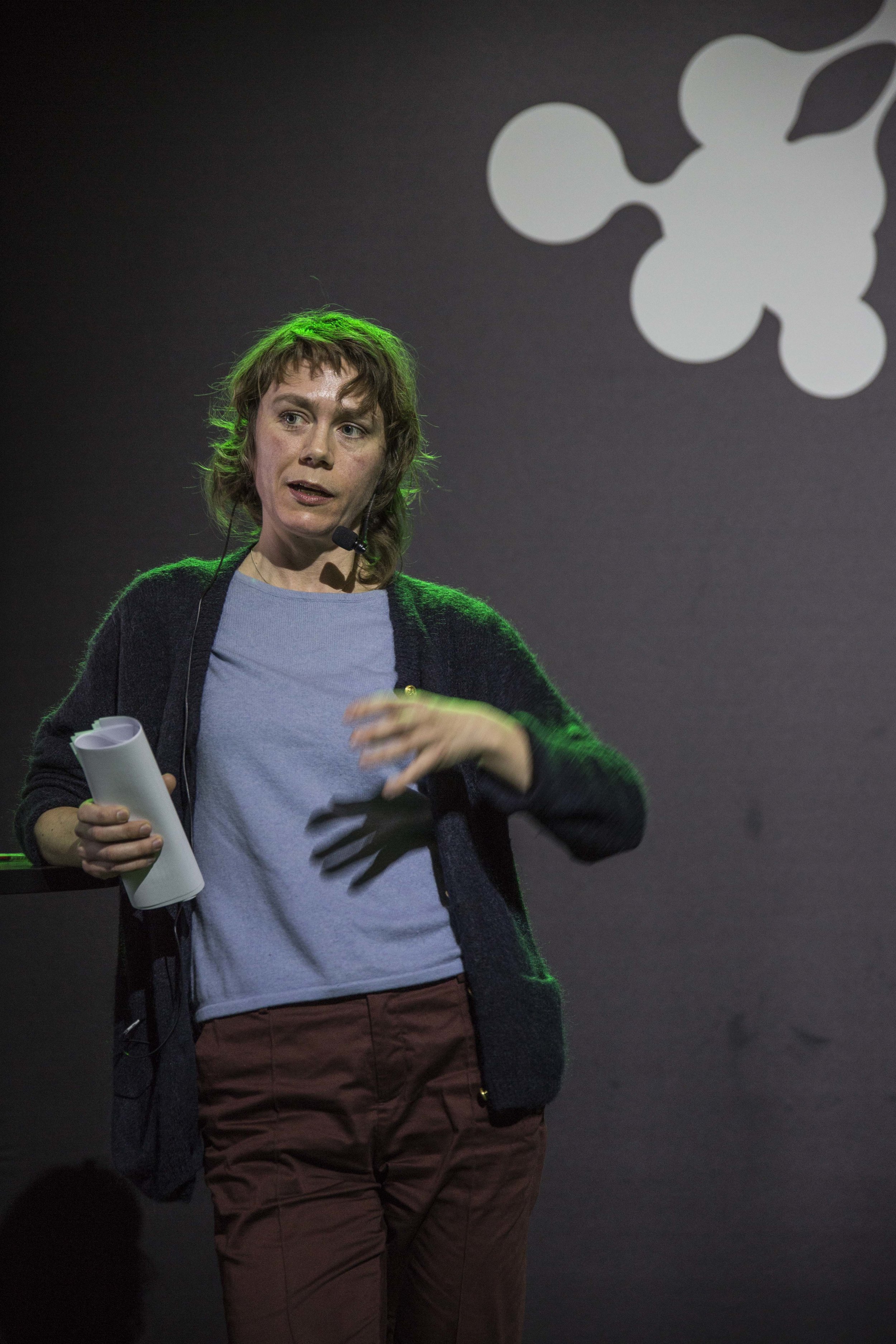
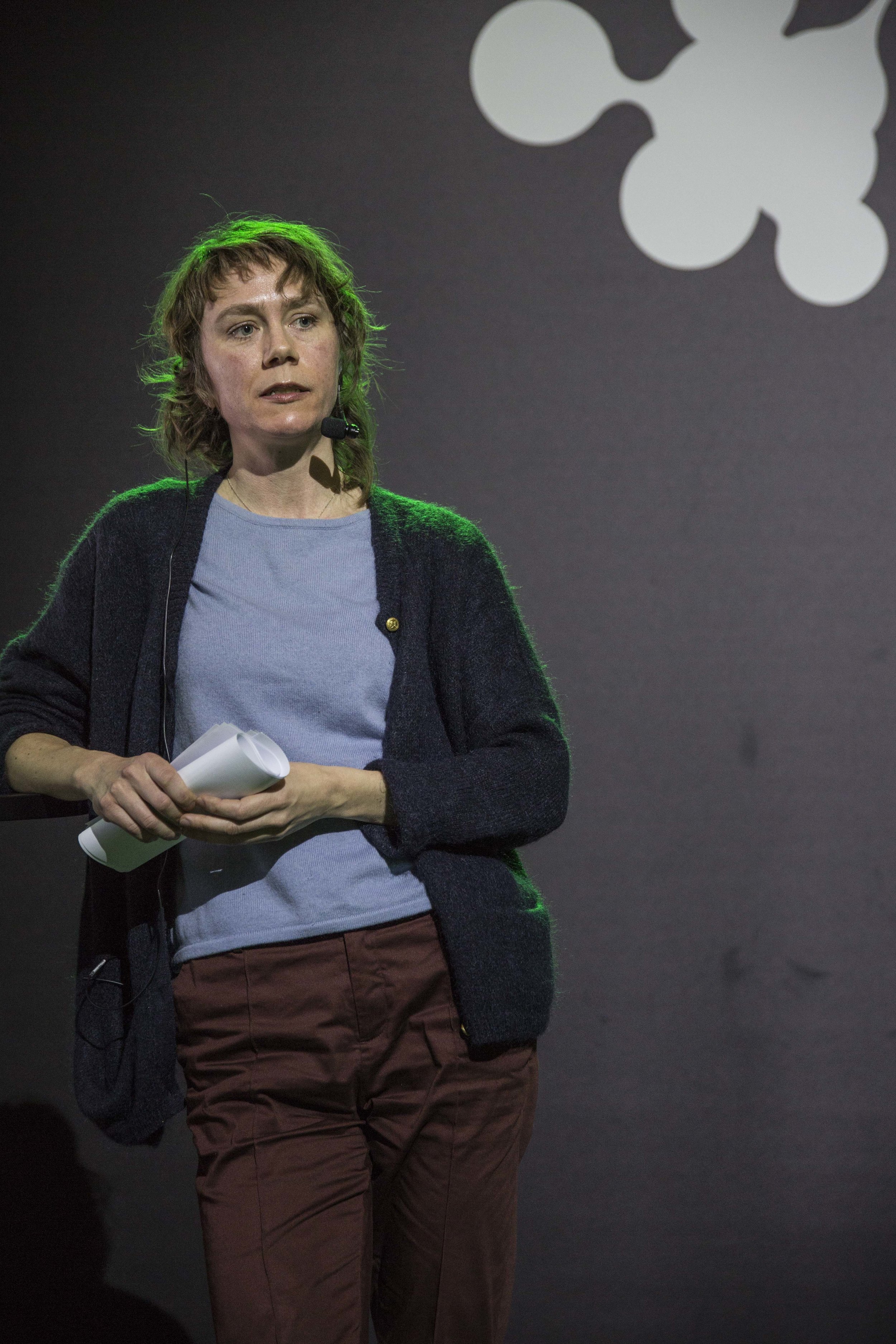
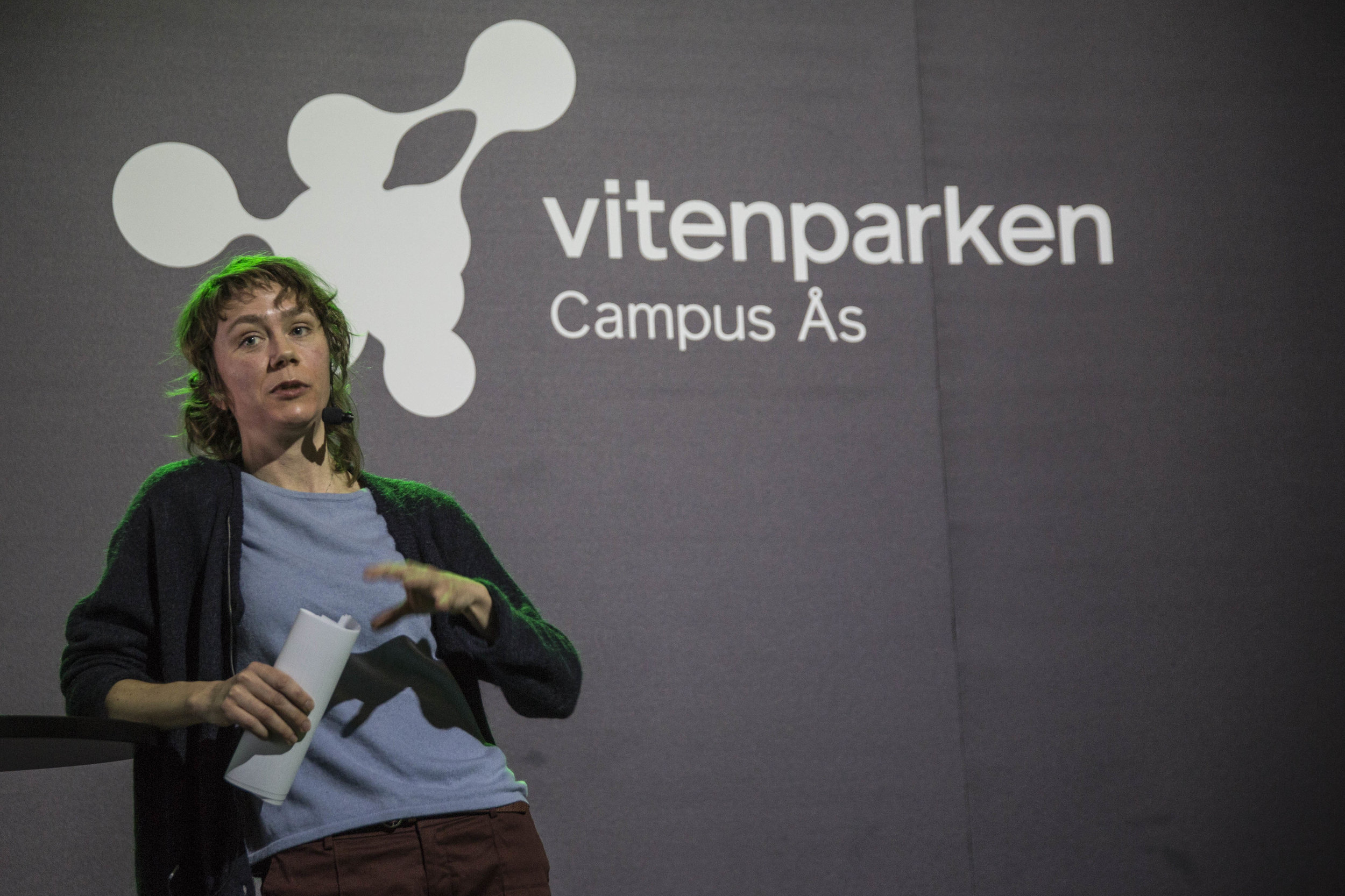
Oslo Apiary and Aviary (Marius Presterud)
Marius Presterud presented Oslo Apiary & Aviary - a project specializing in performative work and what he calls “ecoventions”. Marius presented several of his projects that intersect the arts and urban living - from “feeding birds, growing worms, keeping bees and growing trees”. www.osloapiaryandaviary.cargo.site
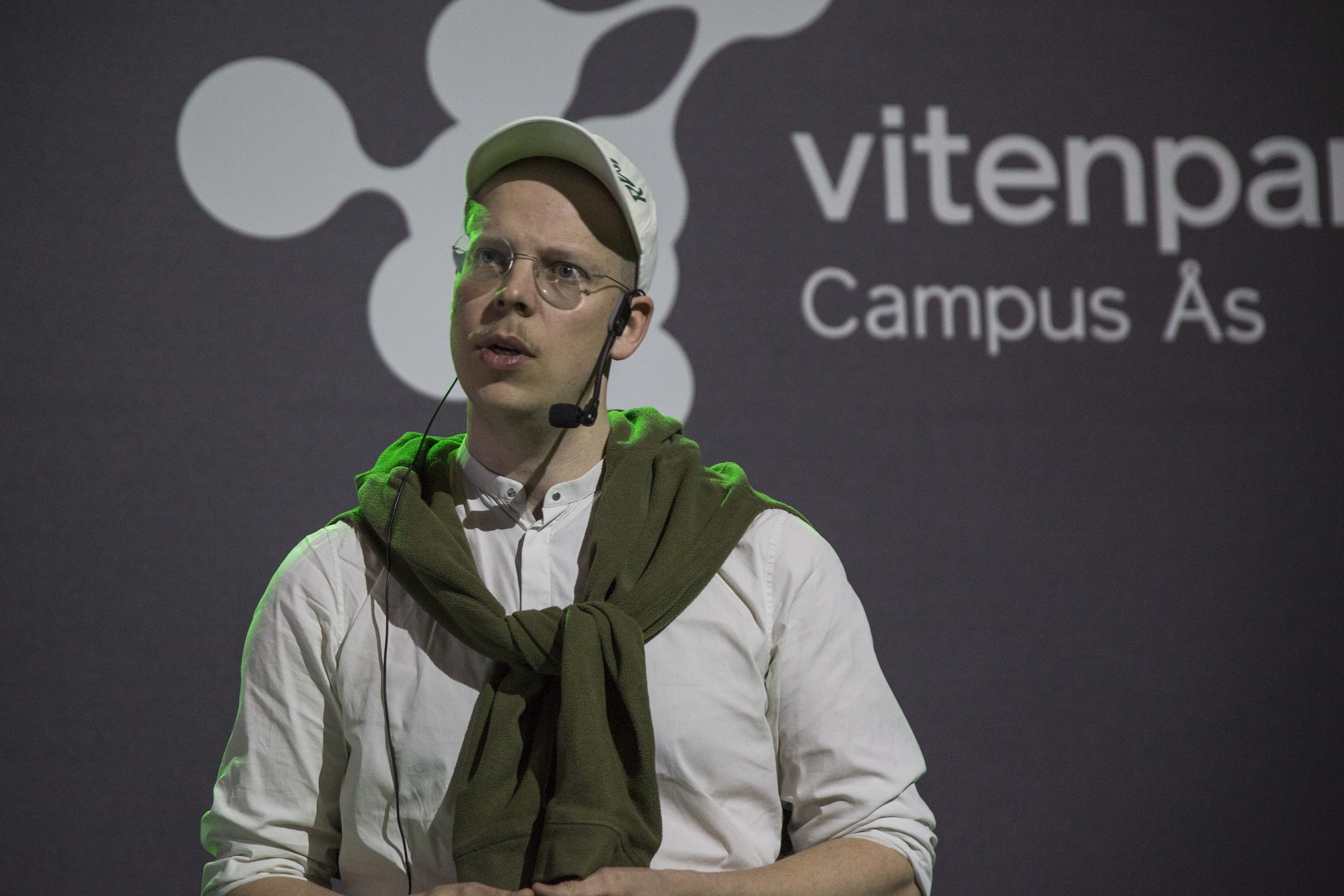
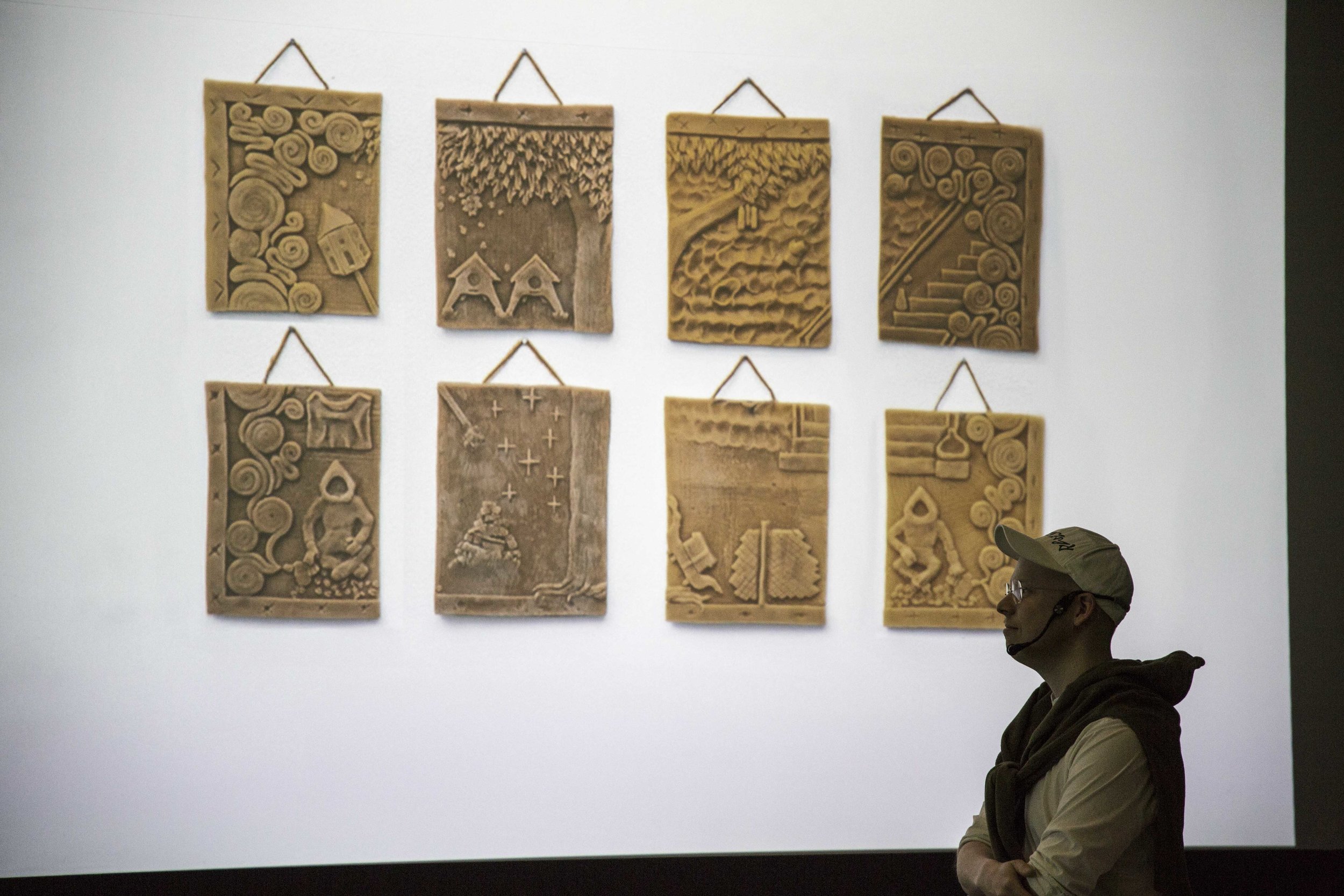


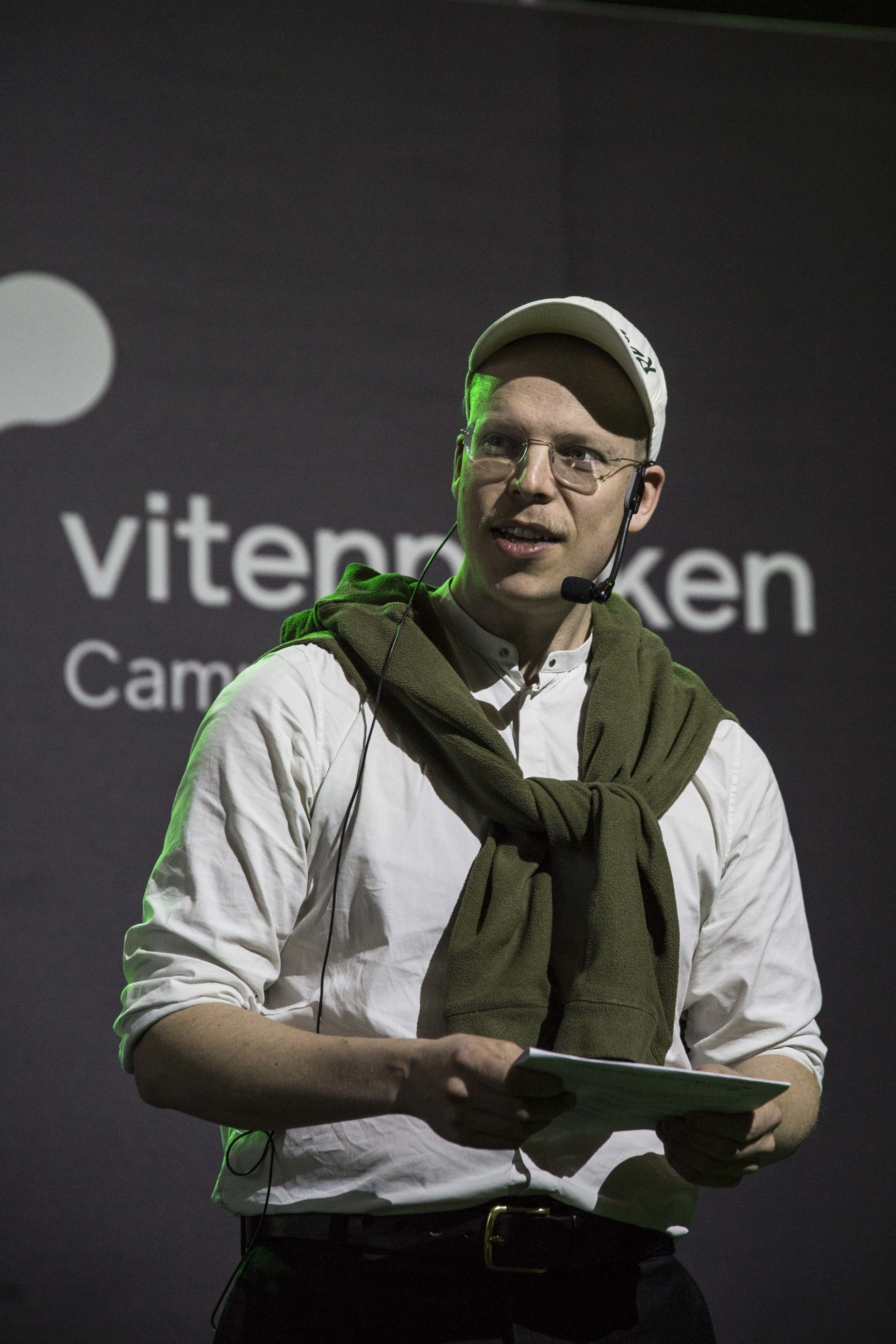

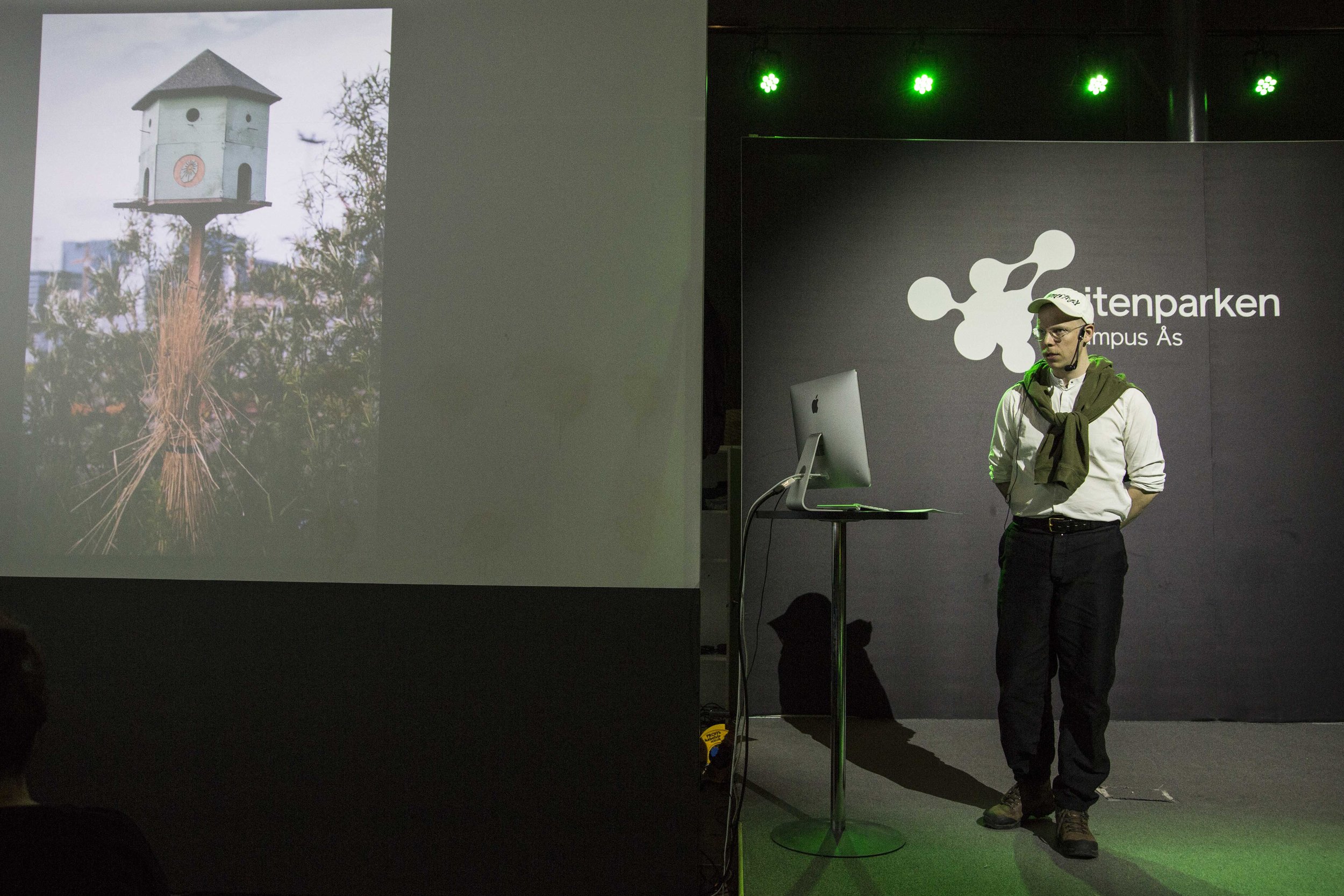
FeLT / OsloMet / Kristin Bergaust
Kristin Bergaust gave a short overview of upcoming activities at FeLT- Futures of Living Technologies, a Lighthouse project from OsloMet, Faculty of Technology, Art and Design. The upcoming program includes the Symposium on FeLT (autumn 2019, upcoming) and Renewable Futures conference, planned to take place in 2020. www.oslomet.no
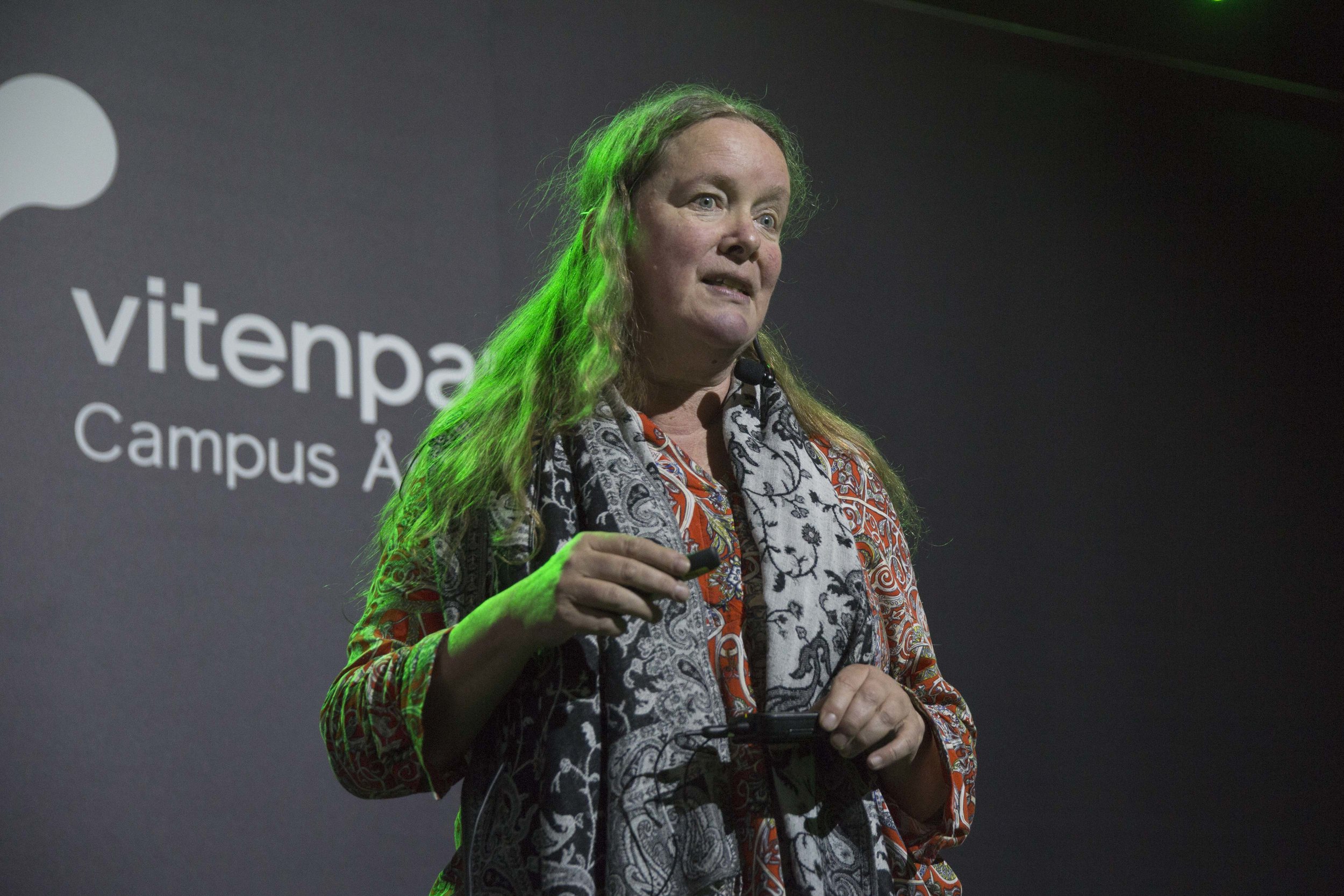
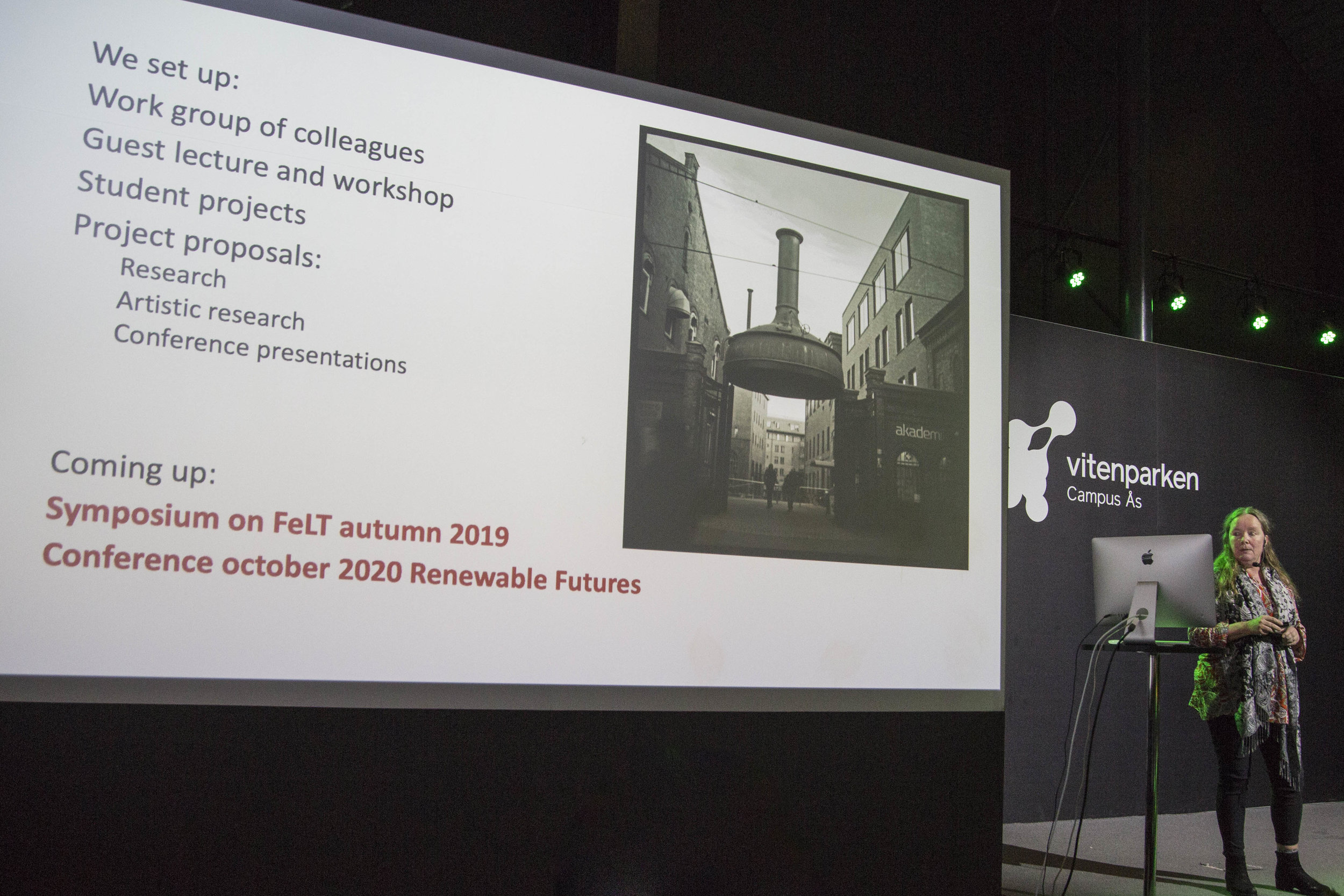
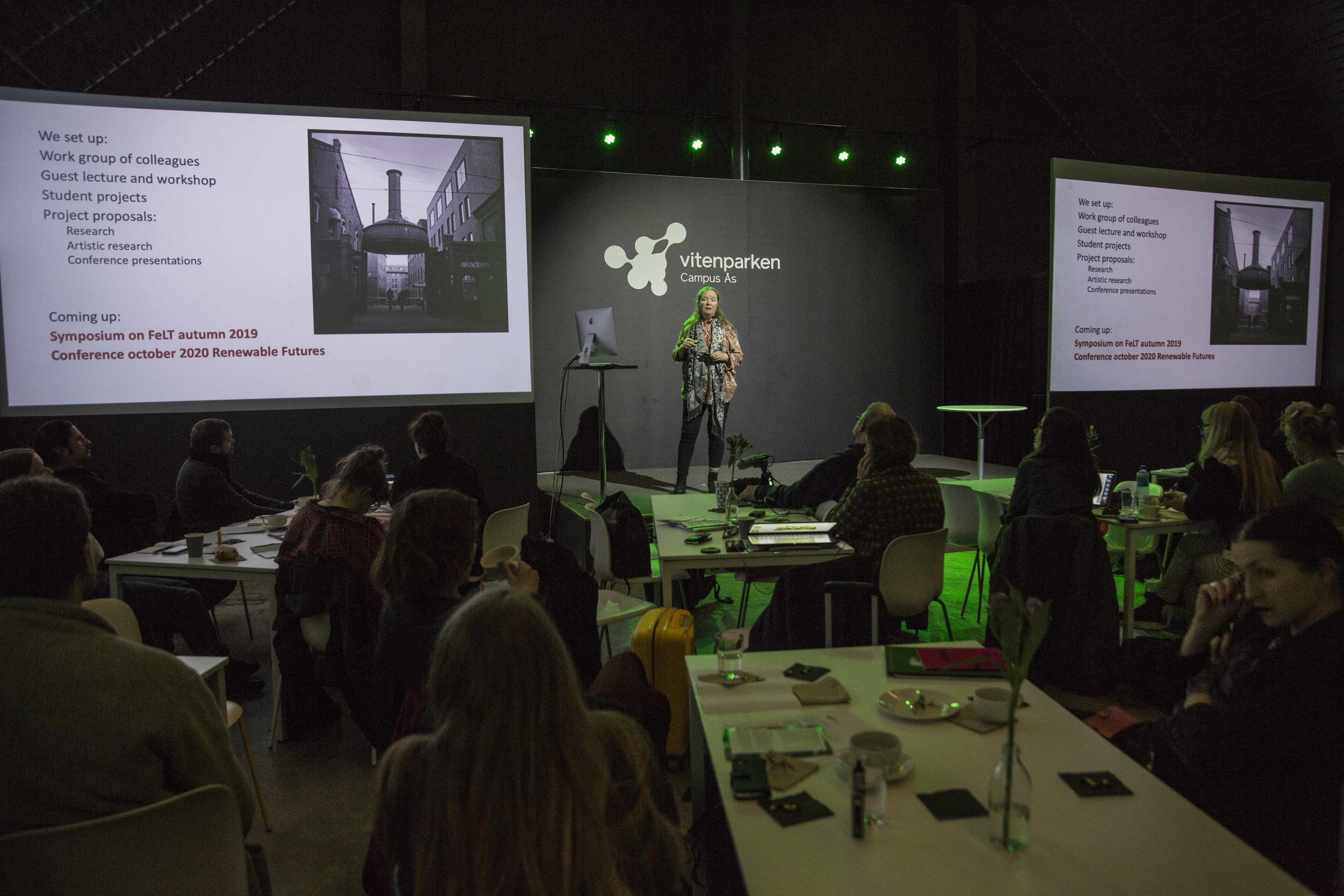
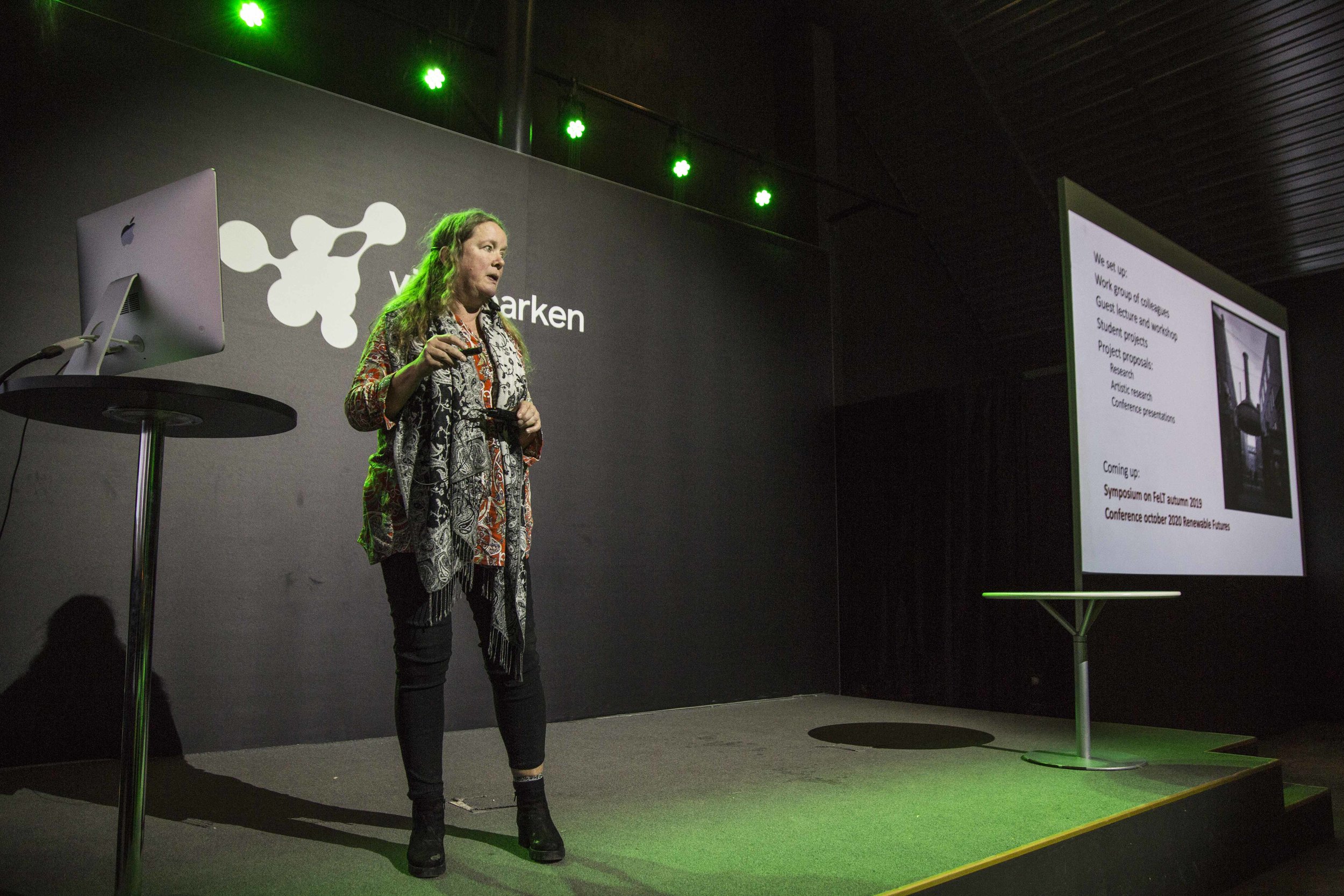
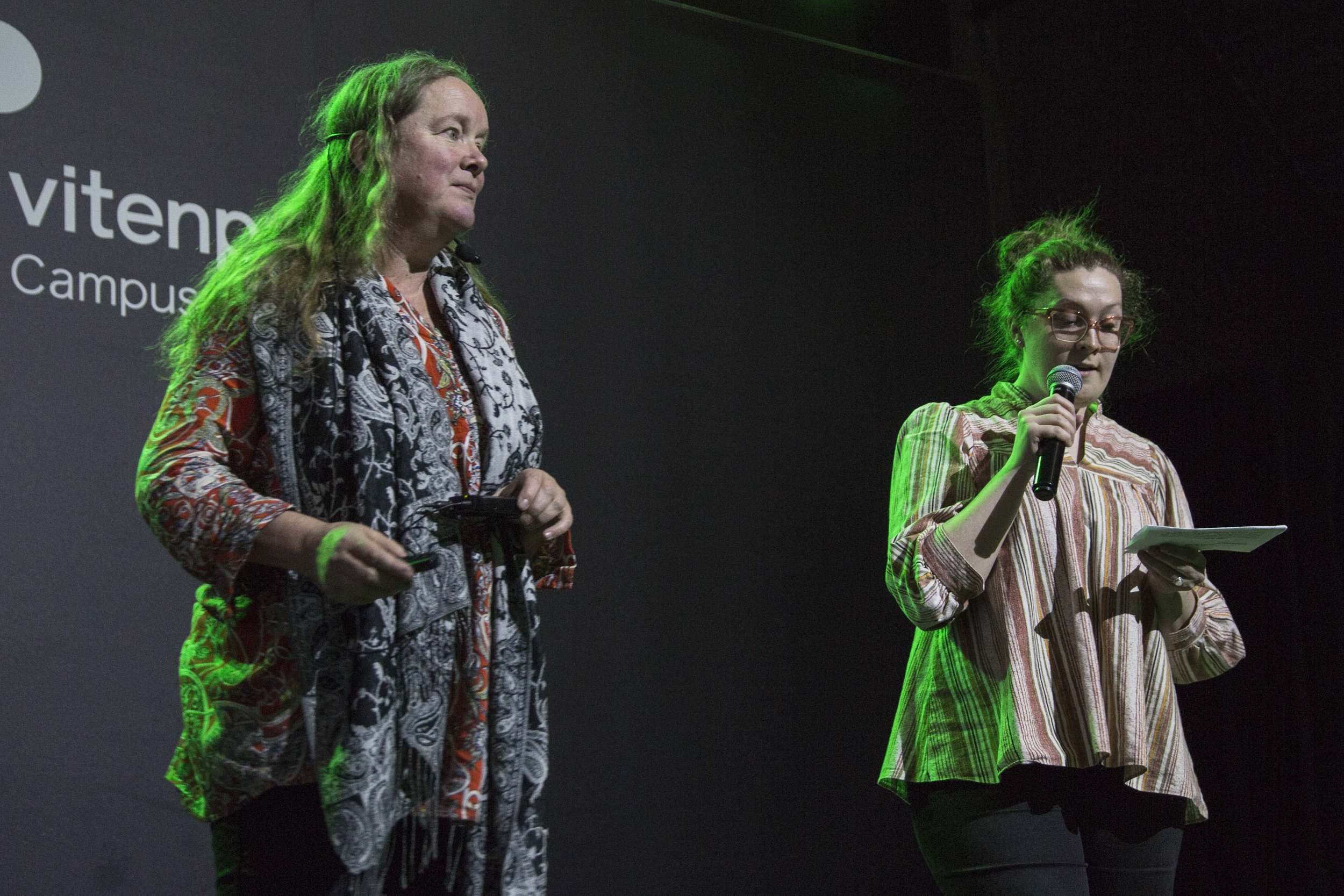

Other presentations
Nora Sørensen Vaage gave a talk on “Bioart: Complex Interactions”, focusing on the ethical implications of bioarts and analysing several works, also mentioning The Tissue Culture & Art Project and others such as Ai Hasegawa’s conceptual works of “I wanI Wanna Deliver a Shark…” and “I Wanna Deliver a Dolphin…”
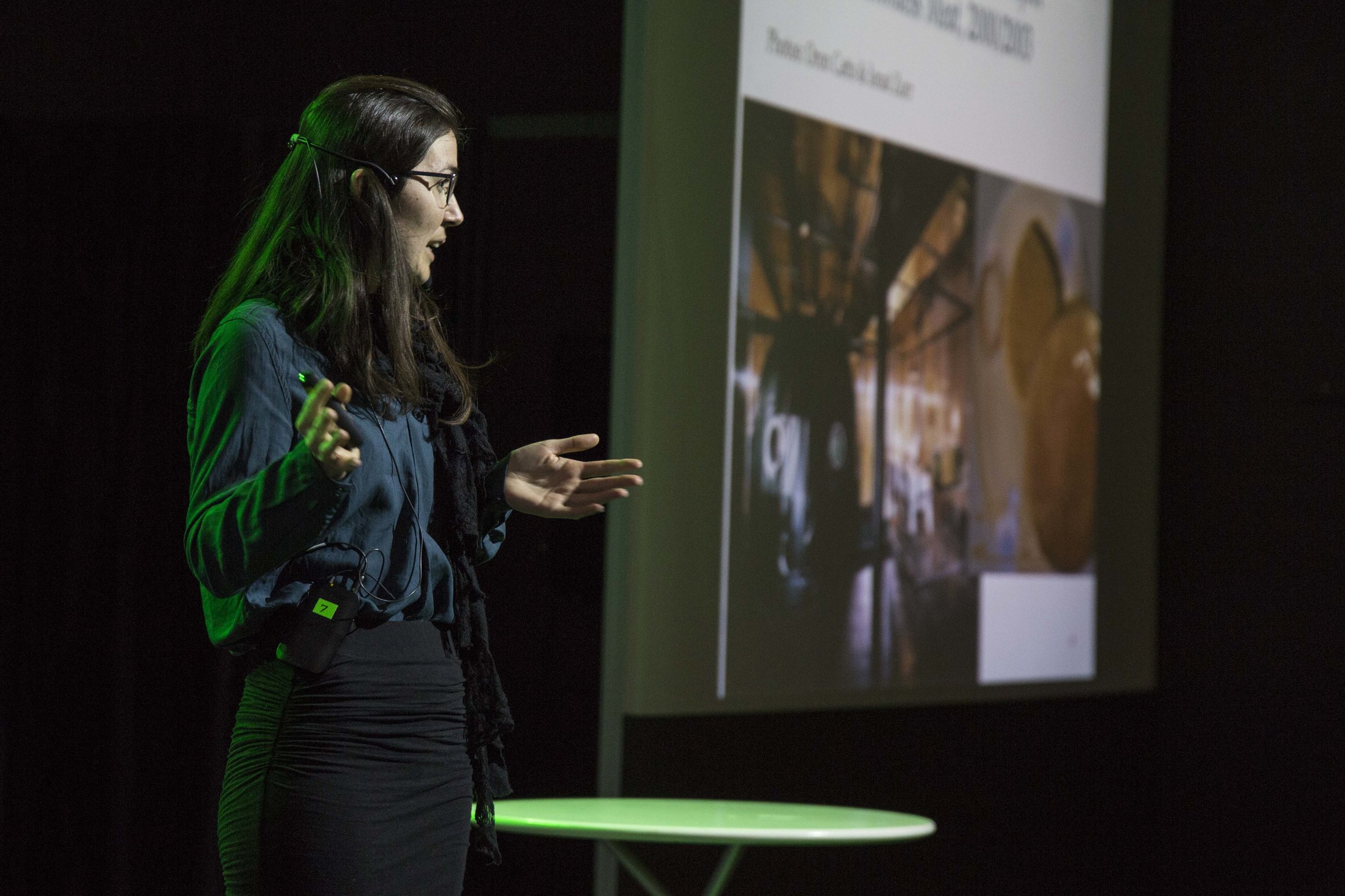

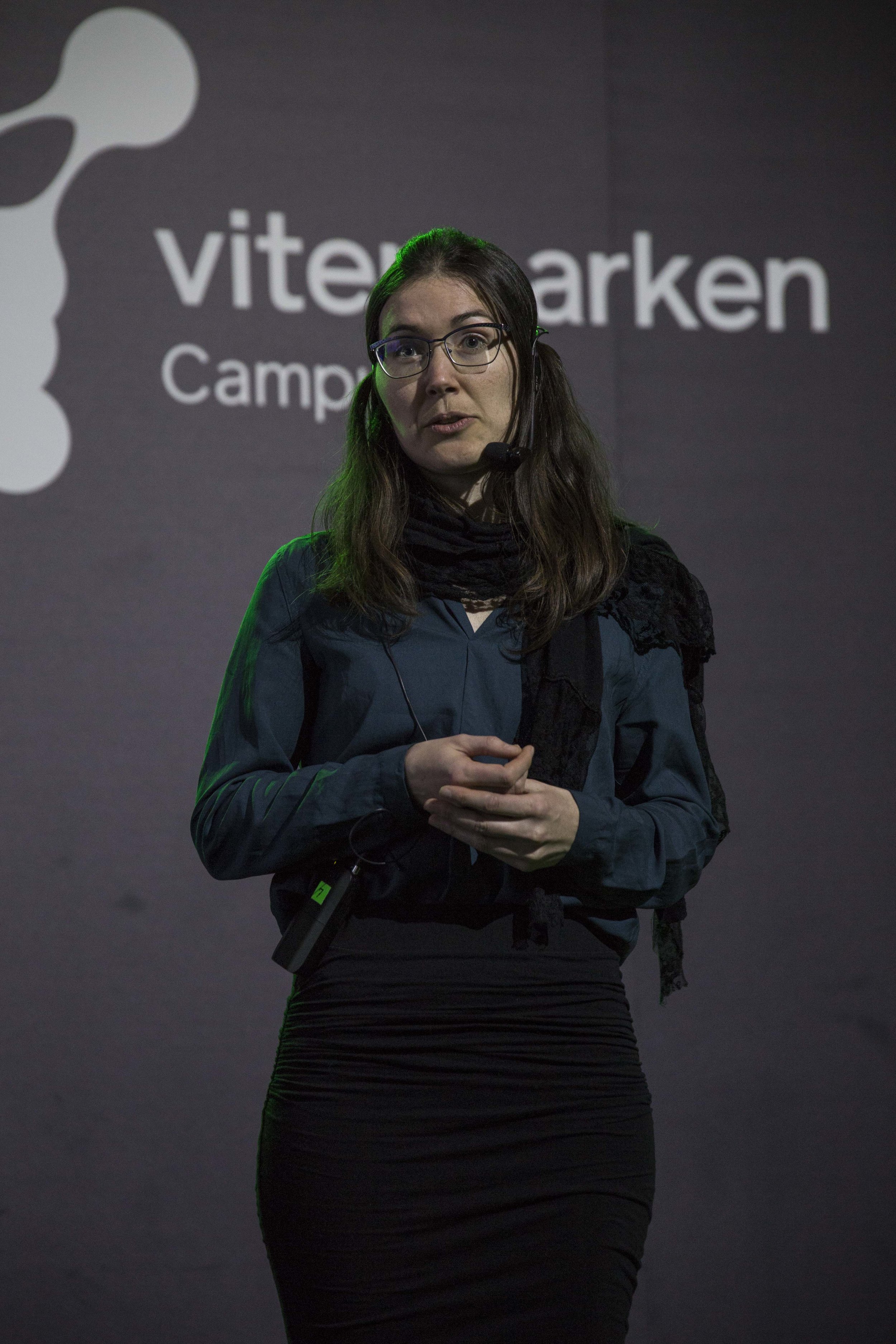
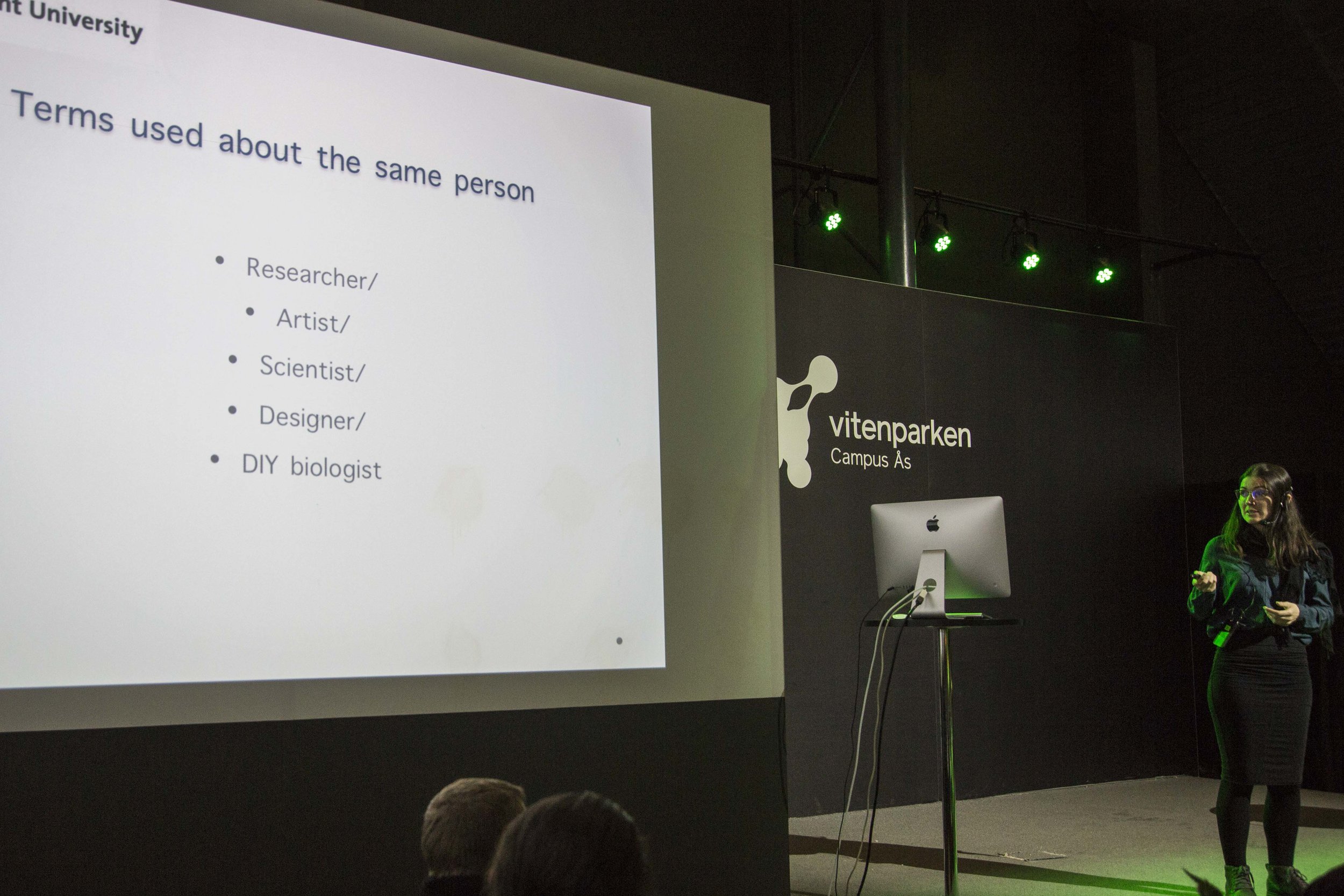

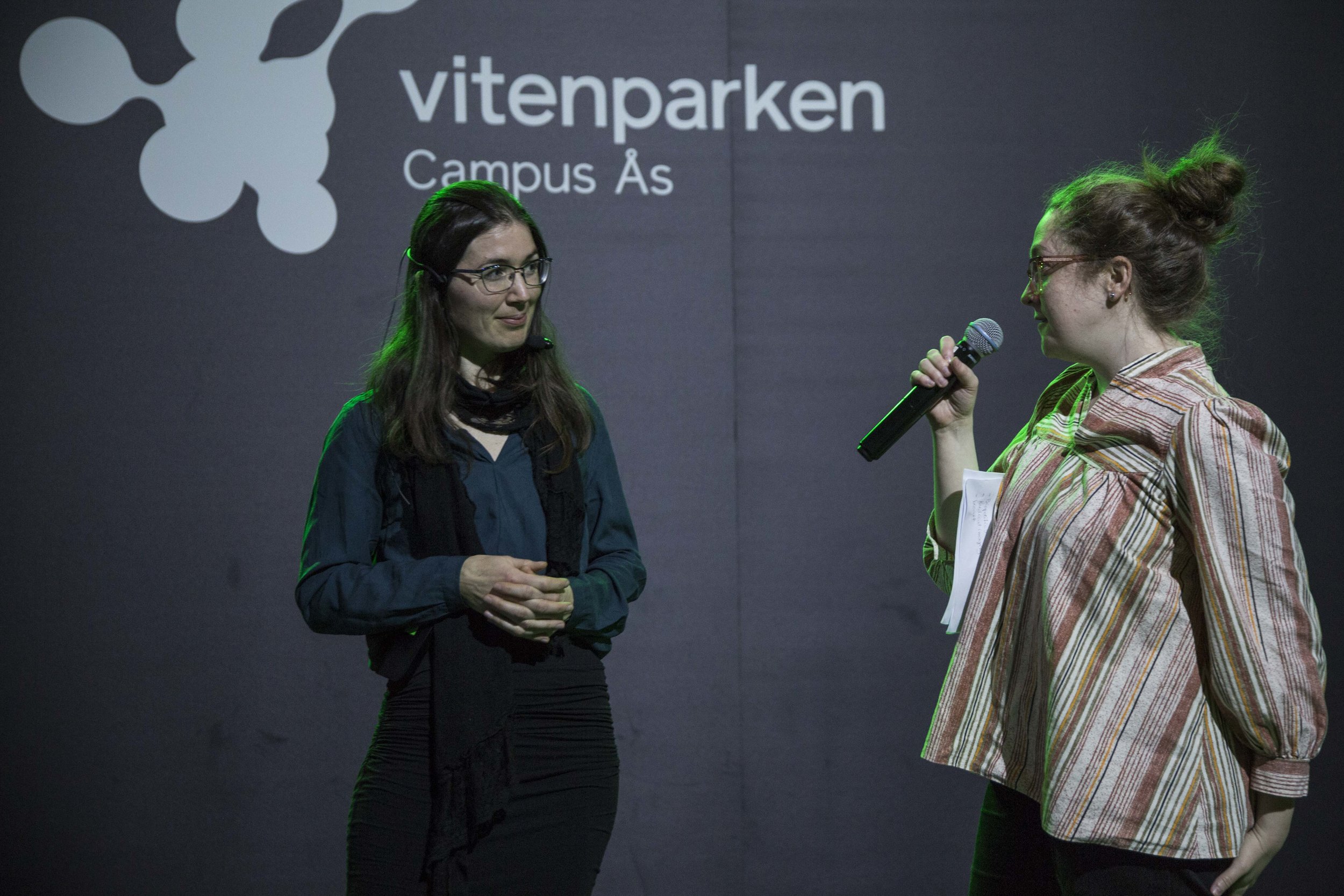

In another talk Merete Lie showed her research and work on “Sci-art Expanded: Practice in the Lab, the Clinic and the Field”.
While Joseph Martel, Idil Akdos and Abel Crawford presented their project Design for Society.
Knitting statistician Kathrine Frey Frøslie presented a fashion focused take on biomatter and biodata. Kathrine introduced her project/blog “statistrikk.no” where she combines soft materials with hard facts. Kathrine knits data - from vaccine coverage, birth statistics, to female genital mutilation. www.statistrikk.no

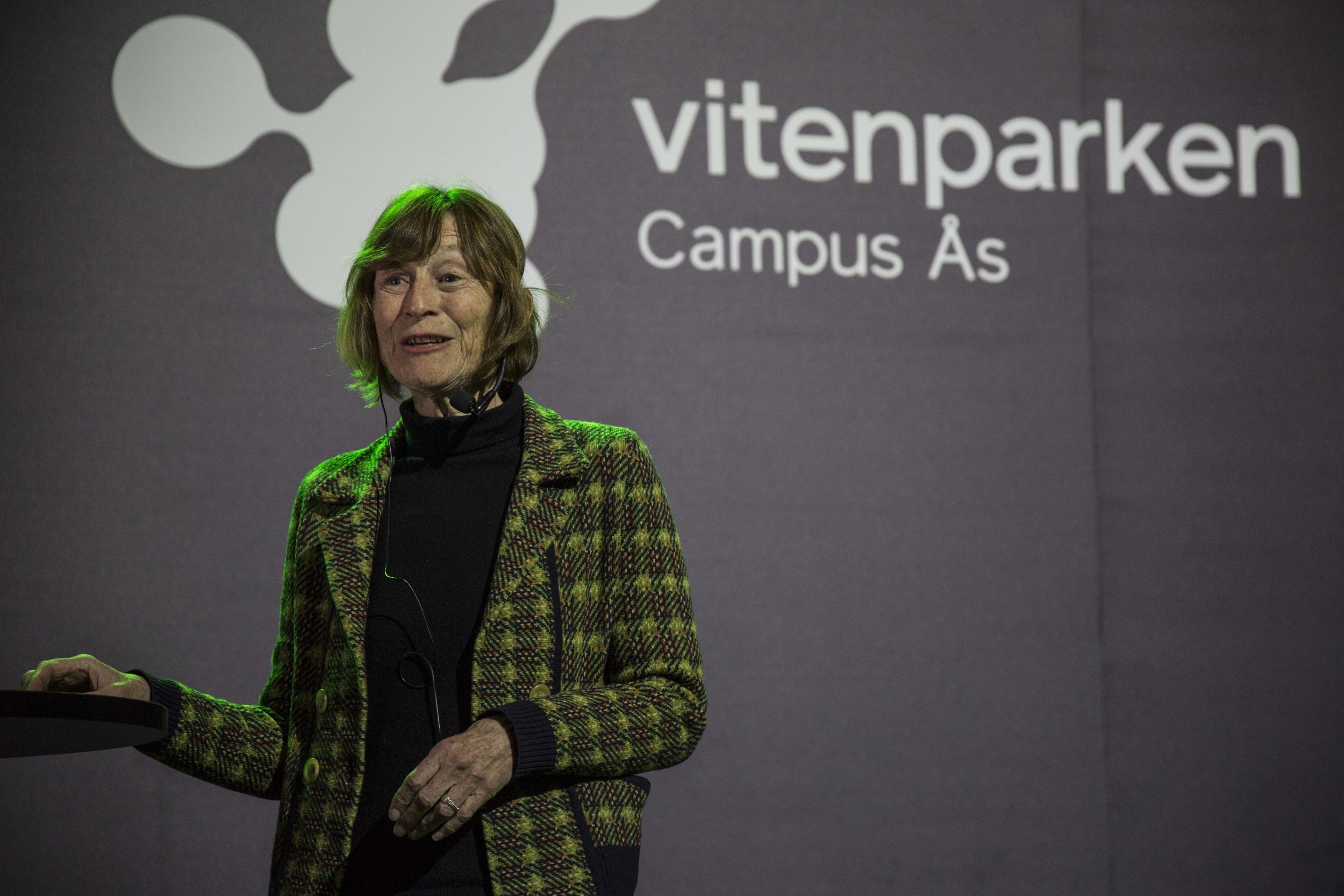
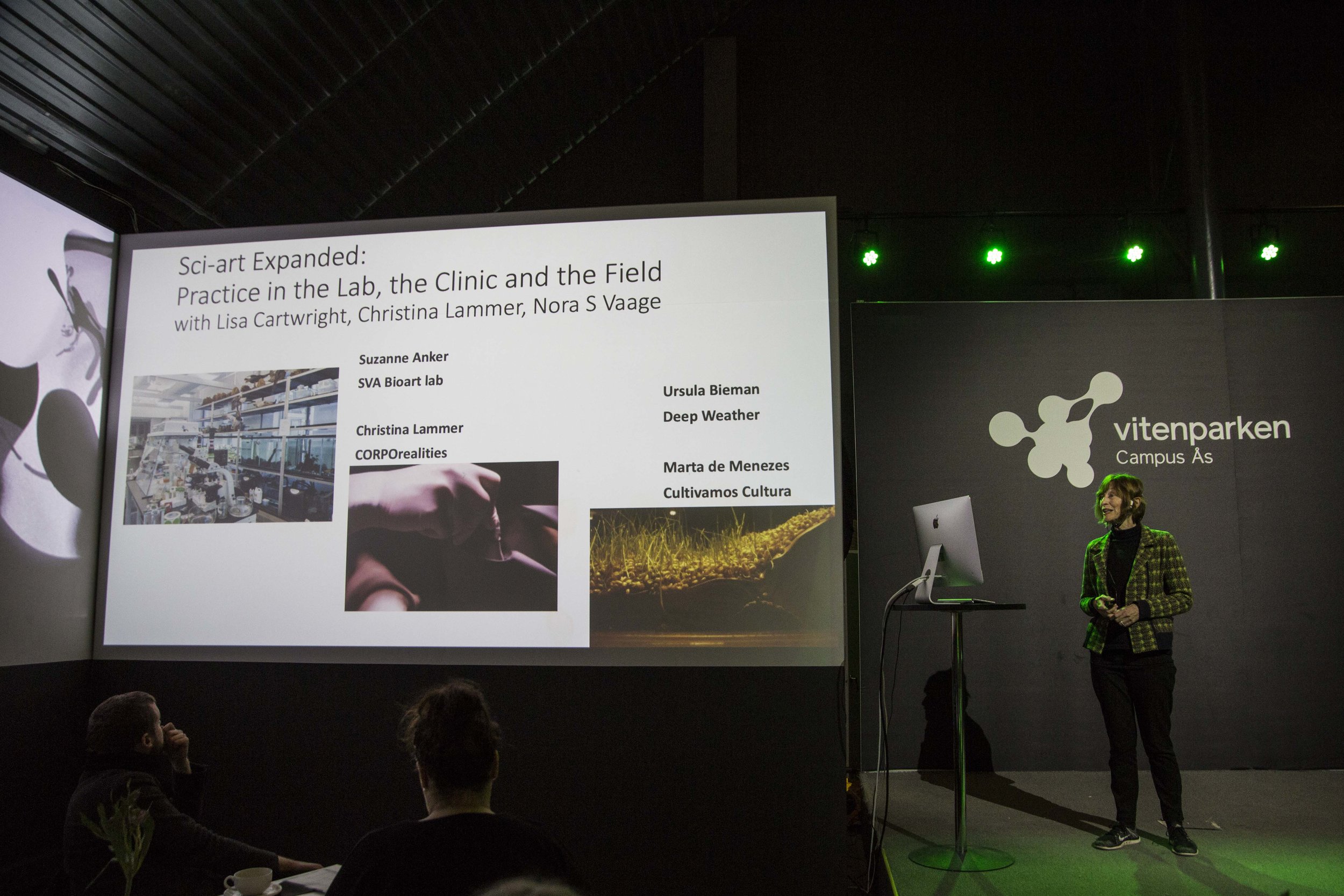
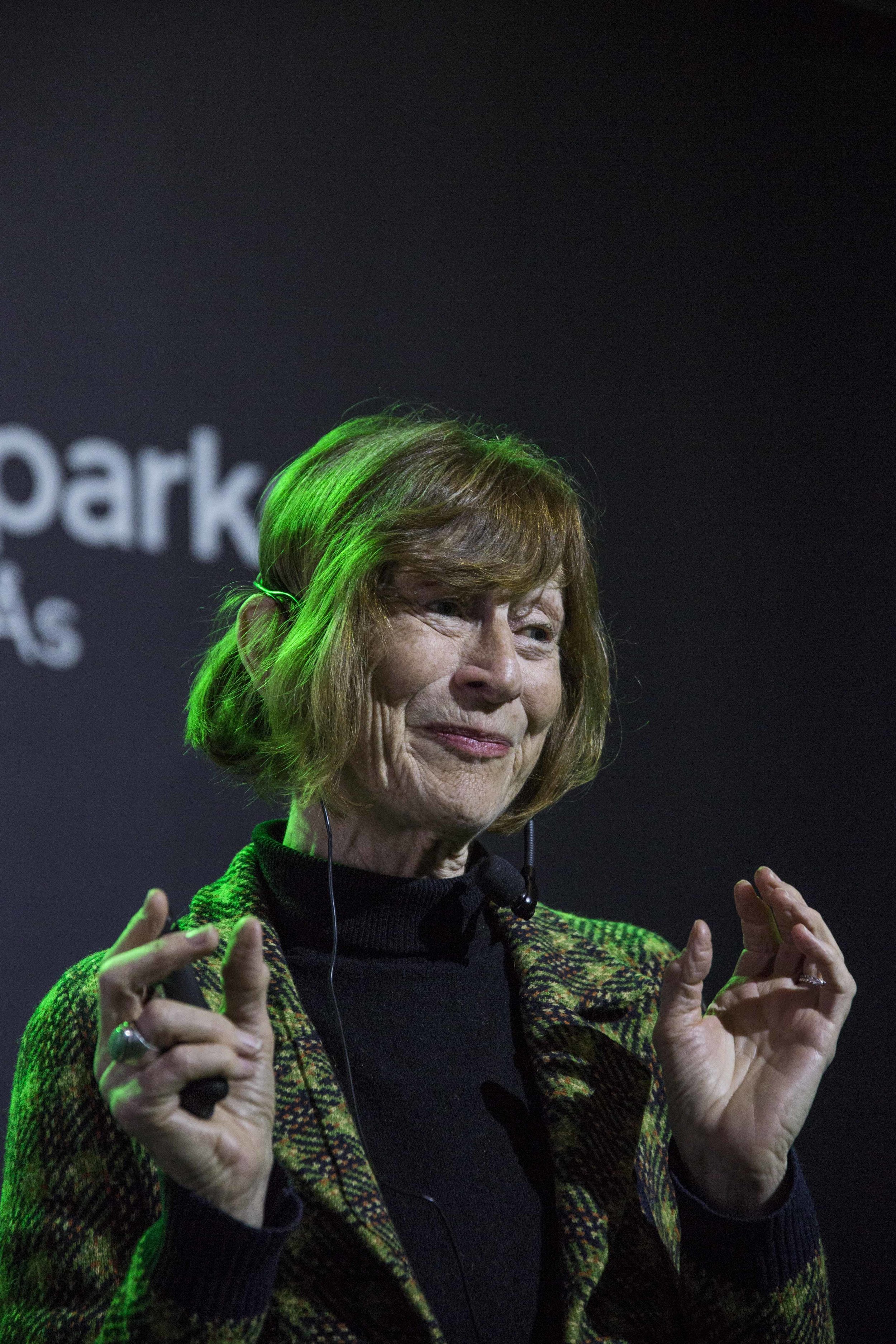

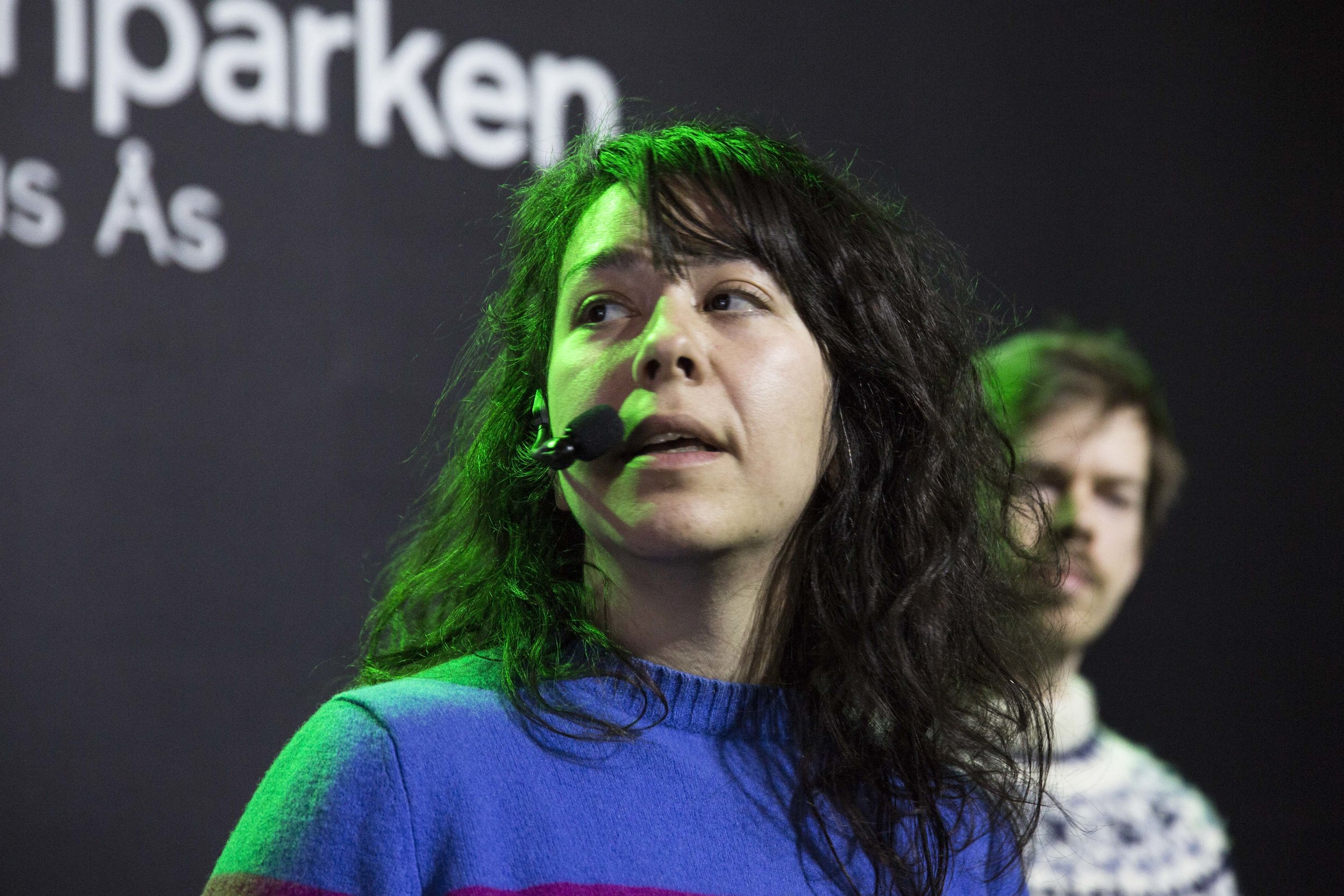
The event gave a good overview of cross-disciplinary experiments using or investigating biomatter. When focusing on the Norwegian bioart scene there are also additional artists that have contributed to the discussion through their work. Two examples are i) Cathrine Kramer and Zack Denfeld who run The Center for Genomic Gastronomy (www.genomicgastronomy.com) and ii) Sissel Tolaas’ impressive works with smells. www.researchcatalogue.net/view/7344/7350
—
Text and photos: Zane Cerpina
EE, April 2019







